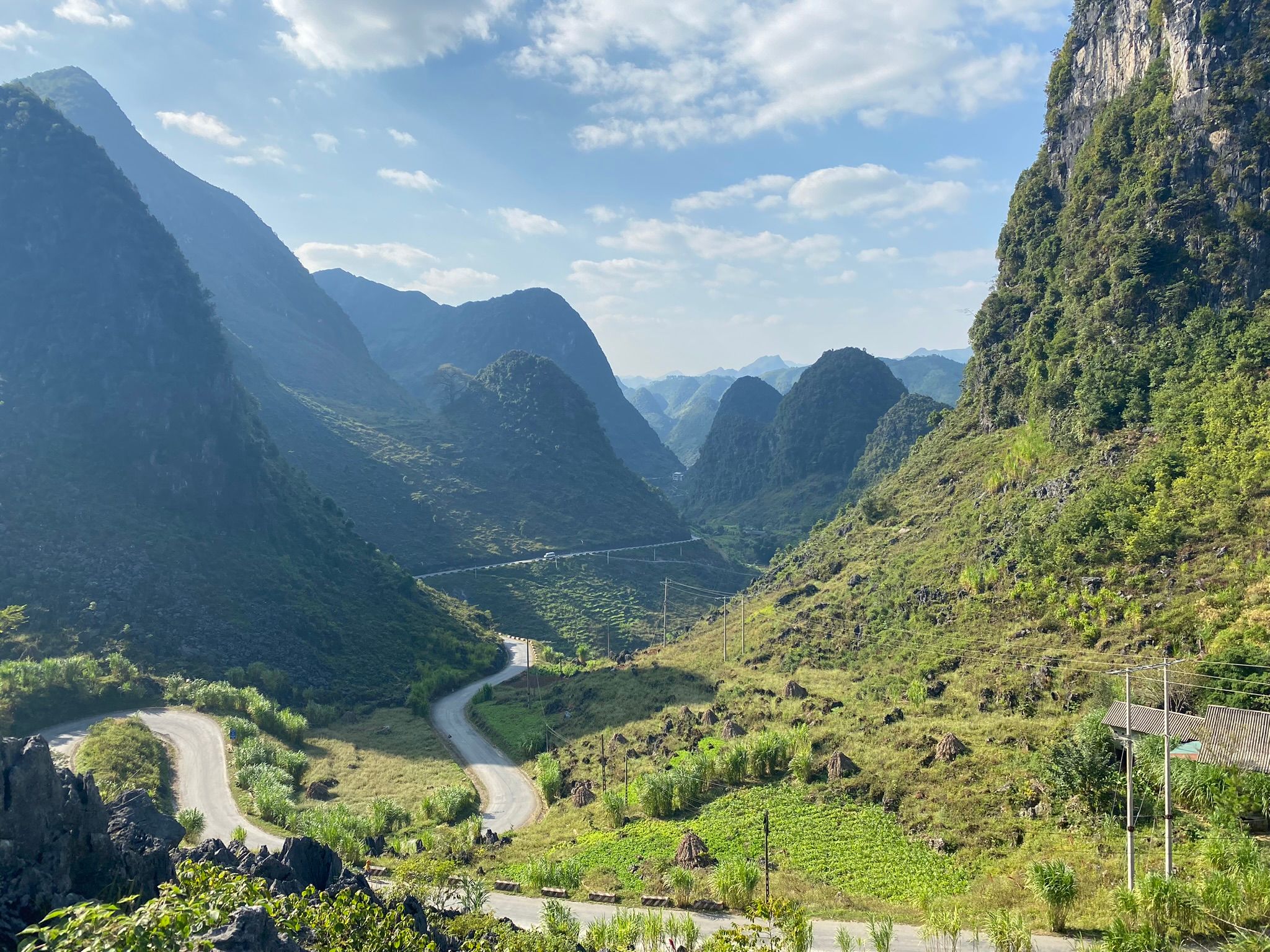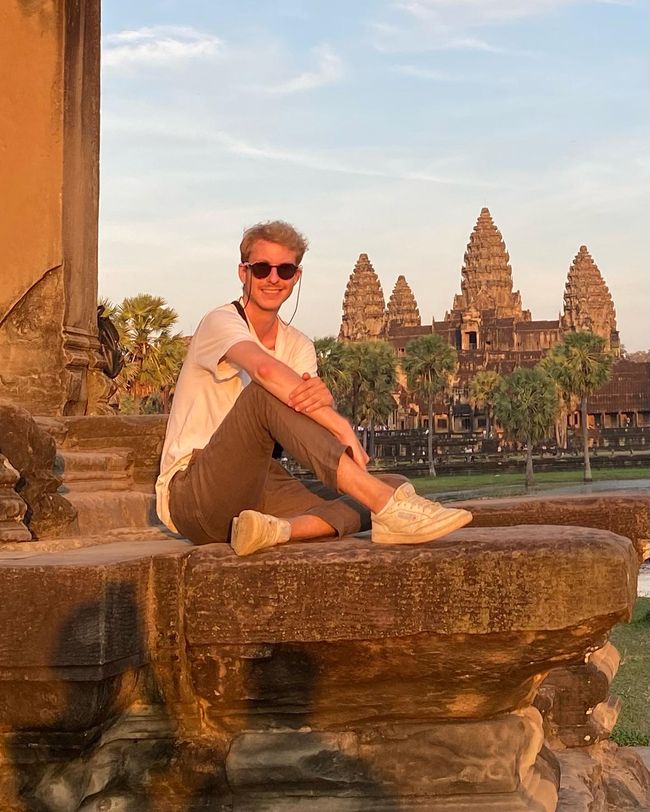29.12.2022 - The Last Days in Malaysia
Imechapishwa: 02.01.2023
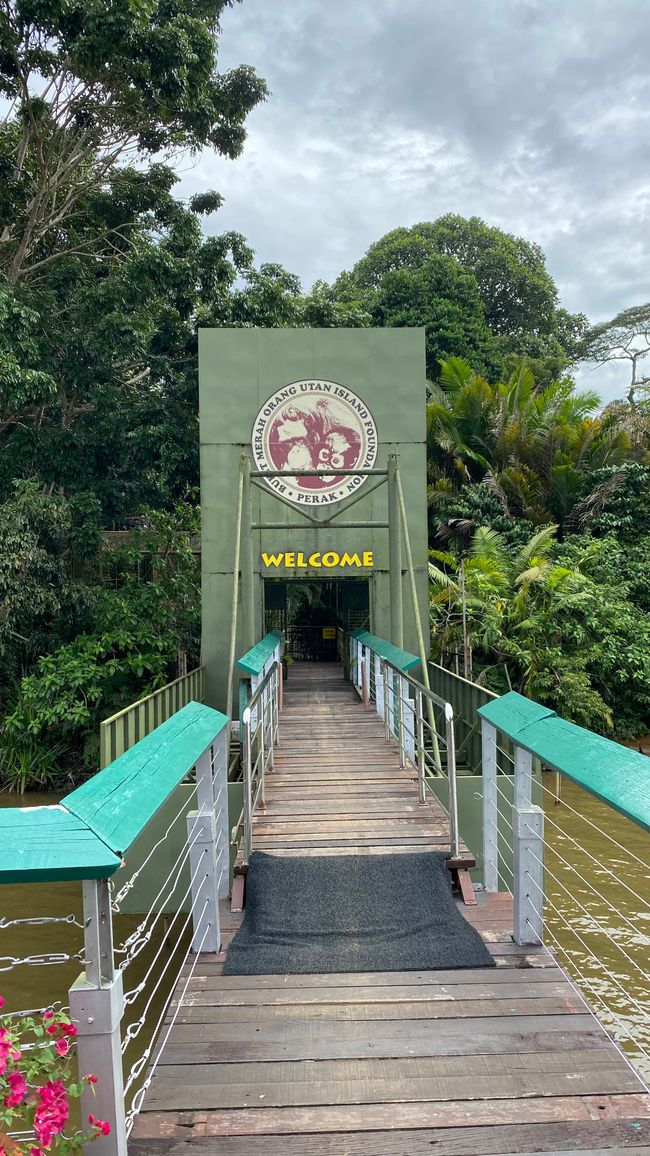
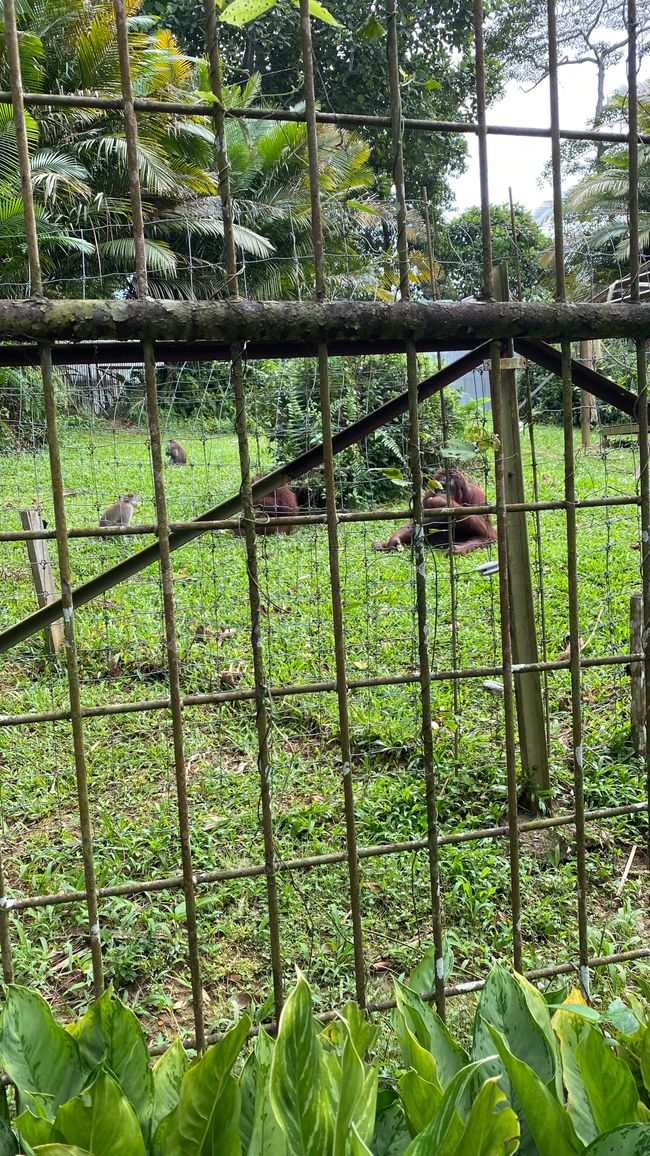
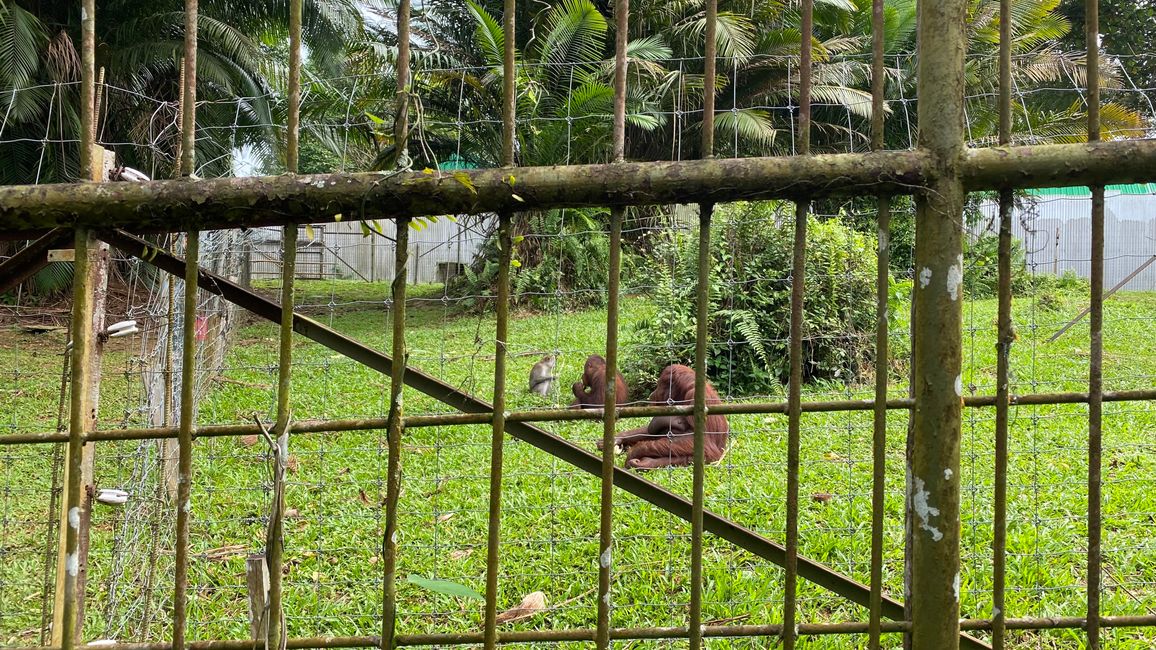
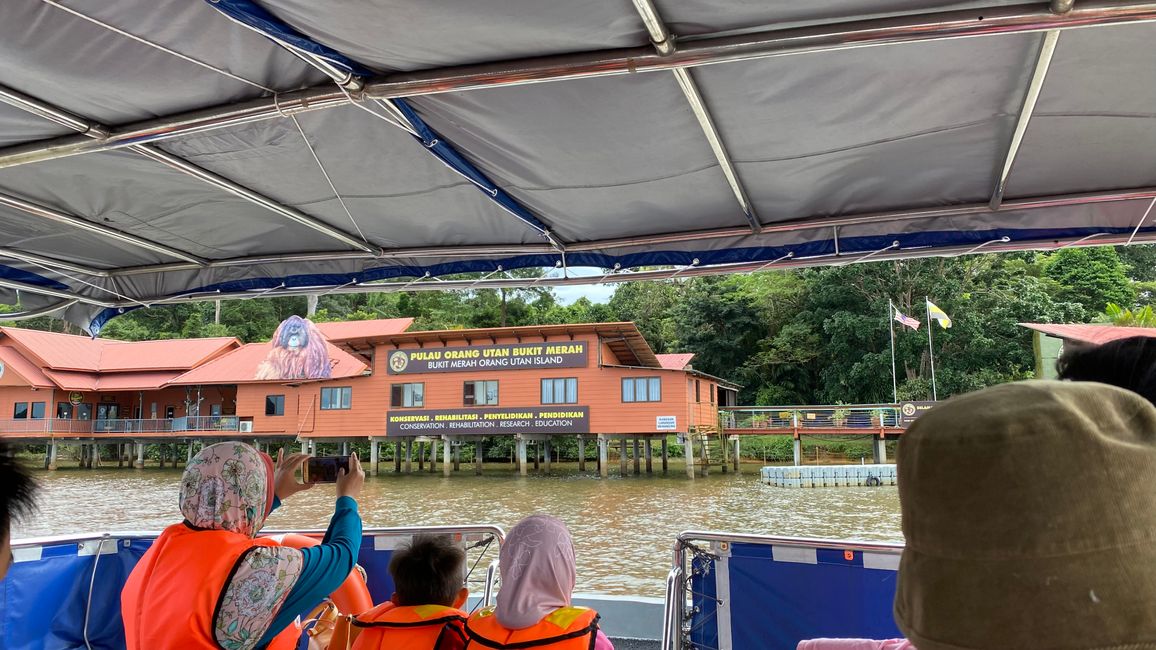
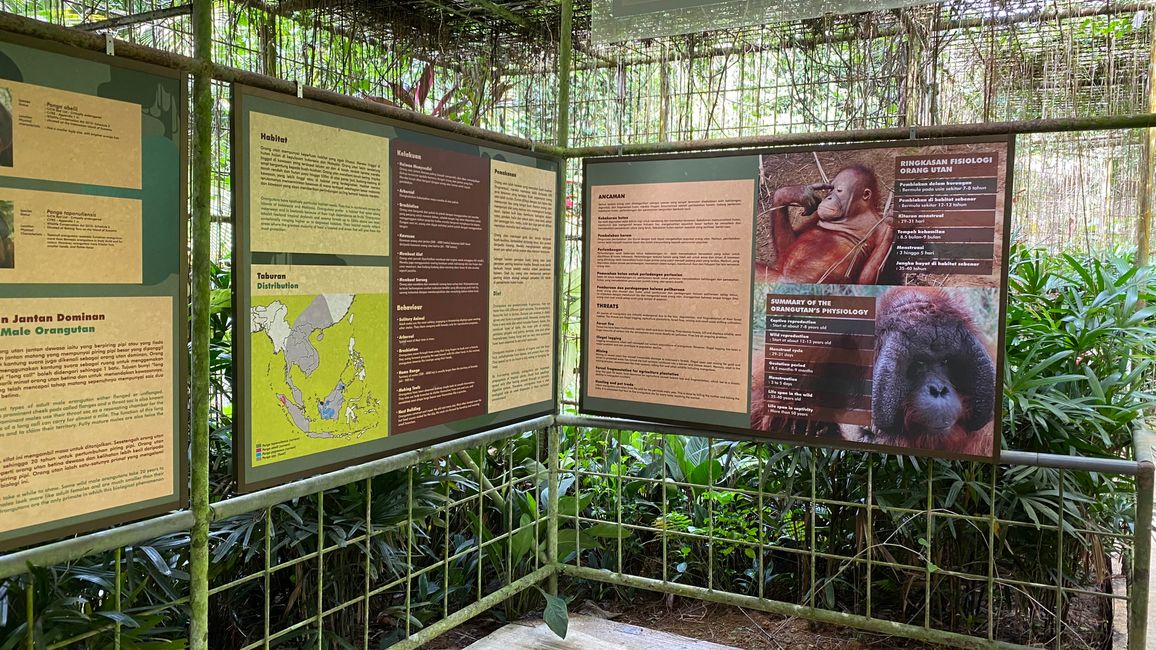
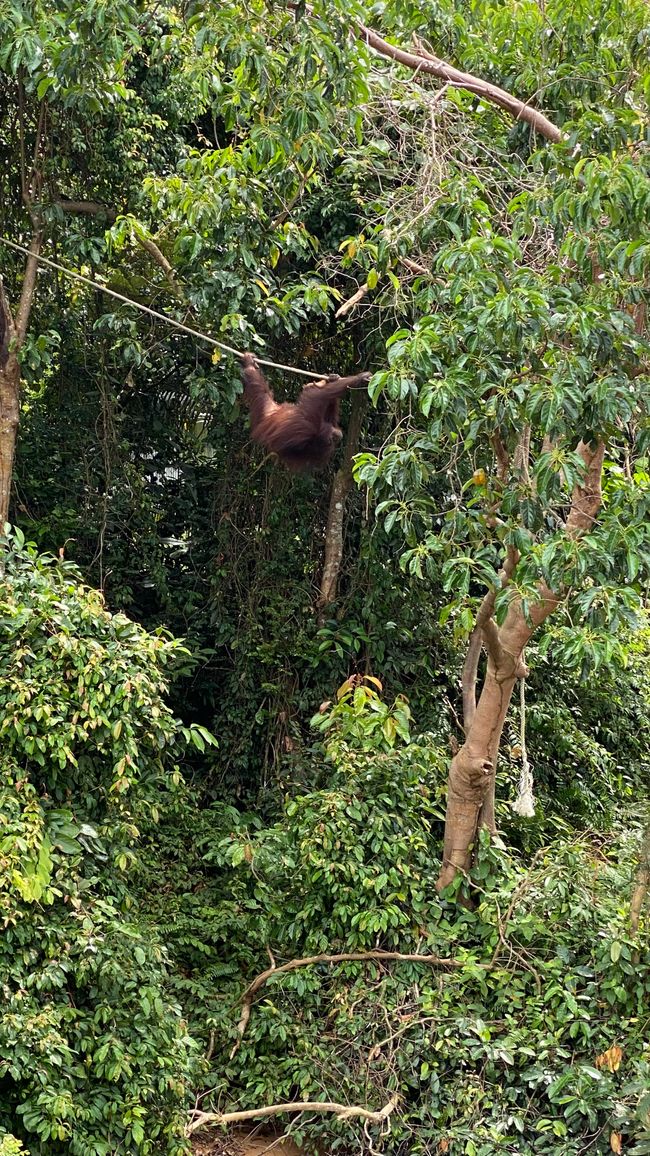
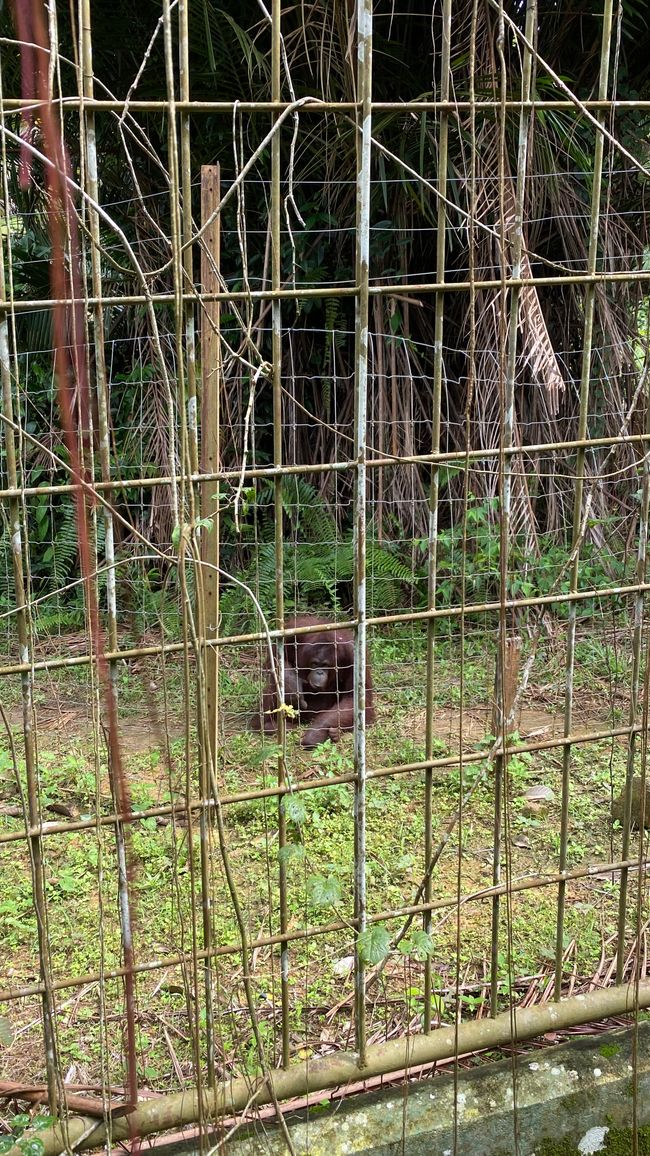
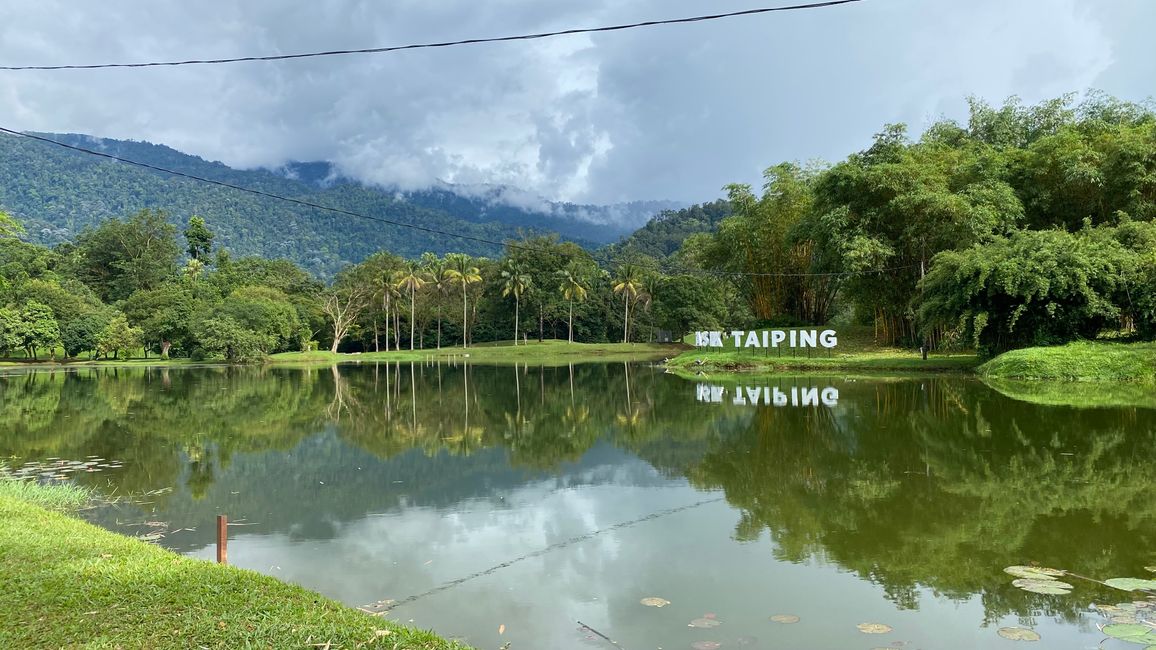
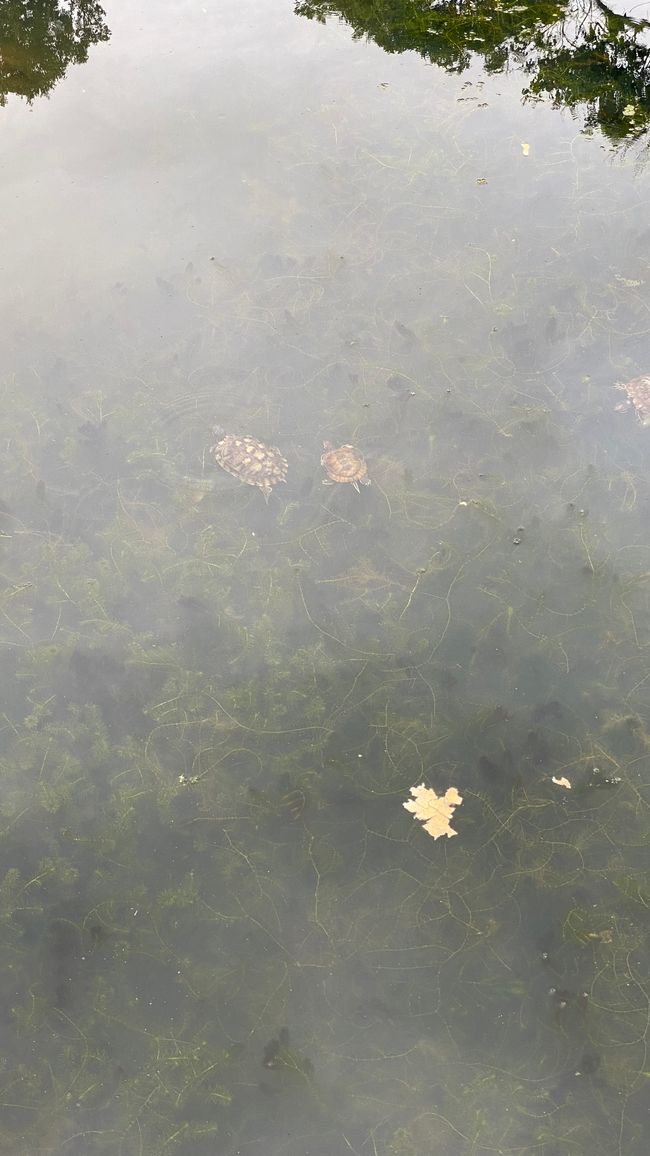
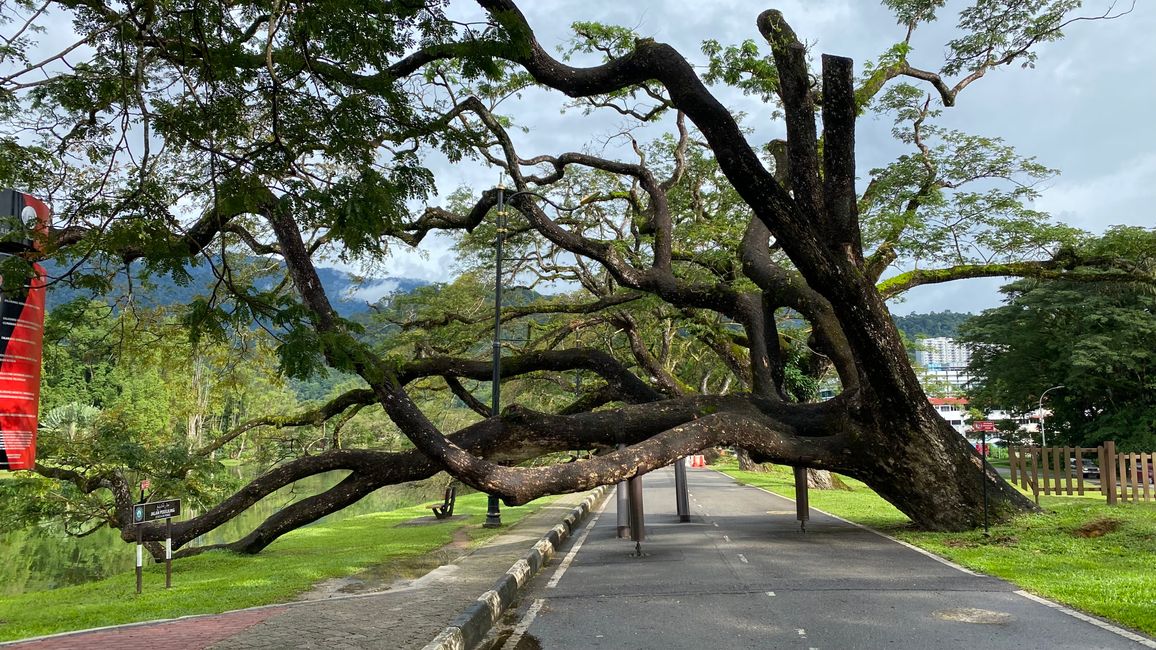
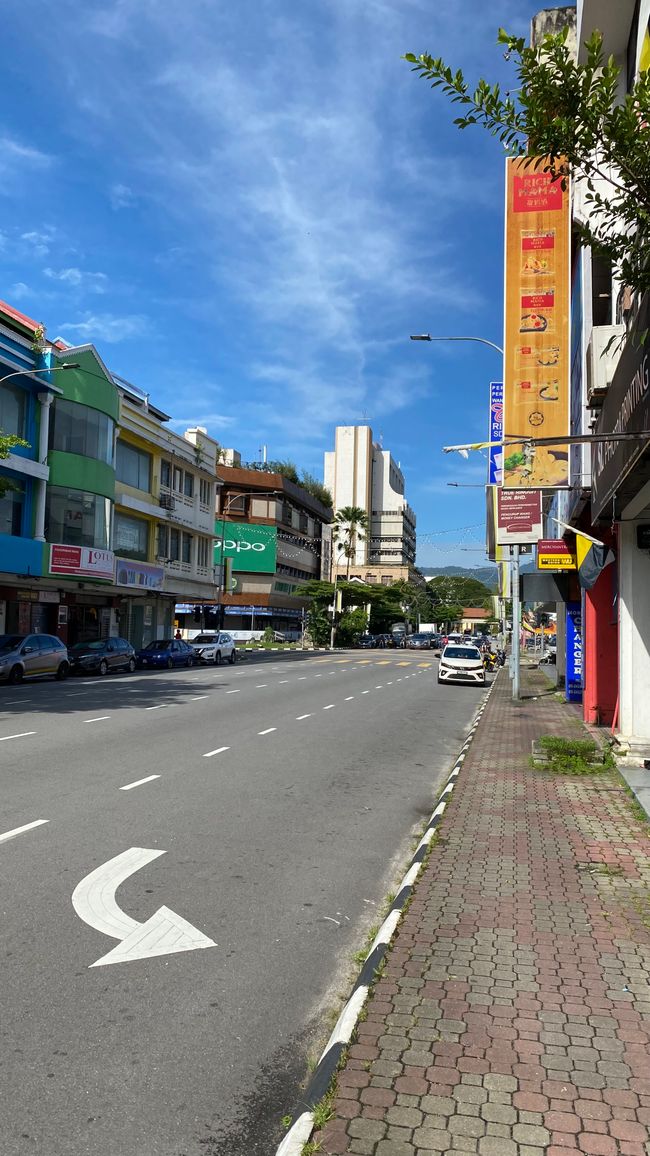
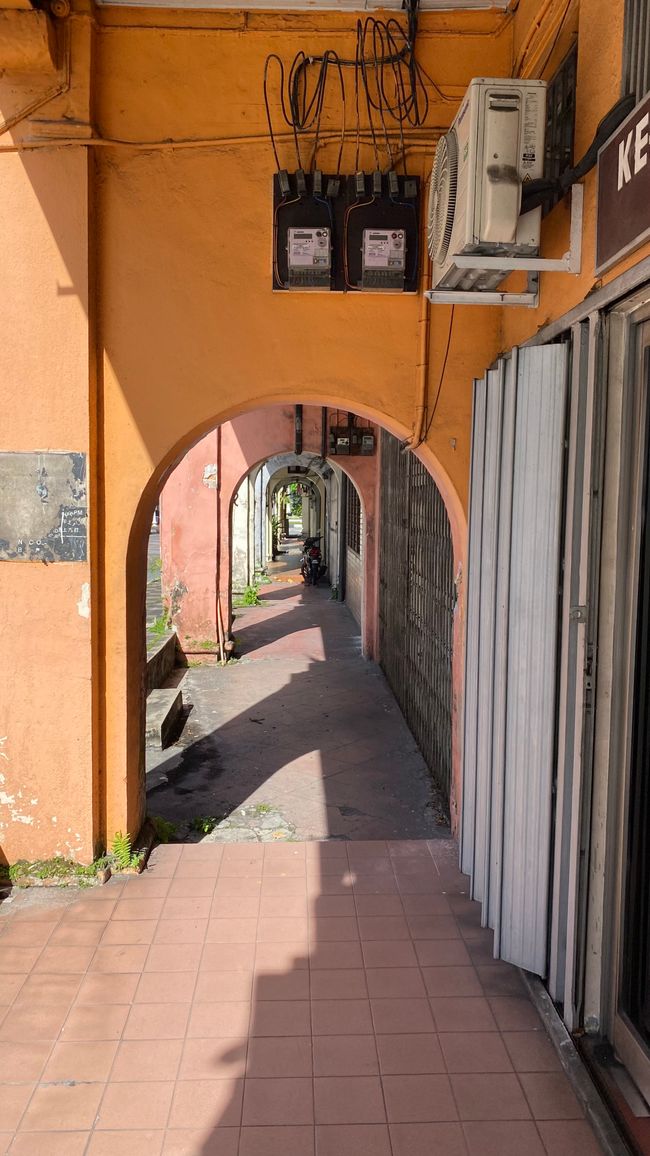
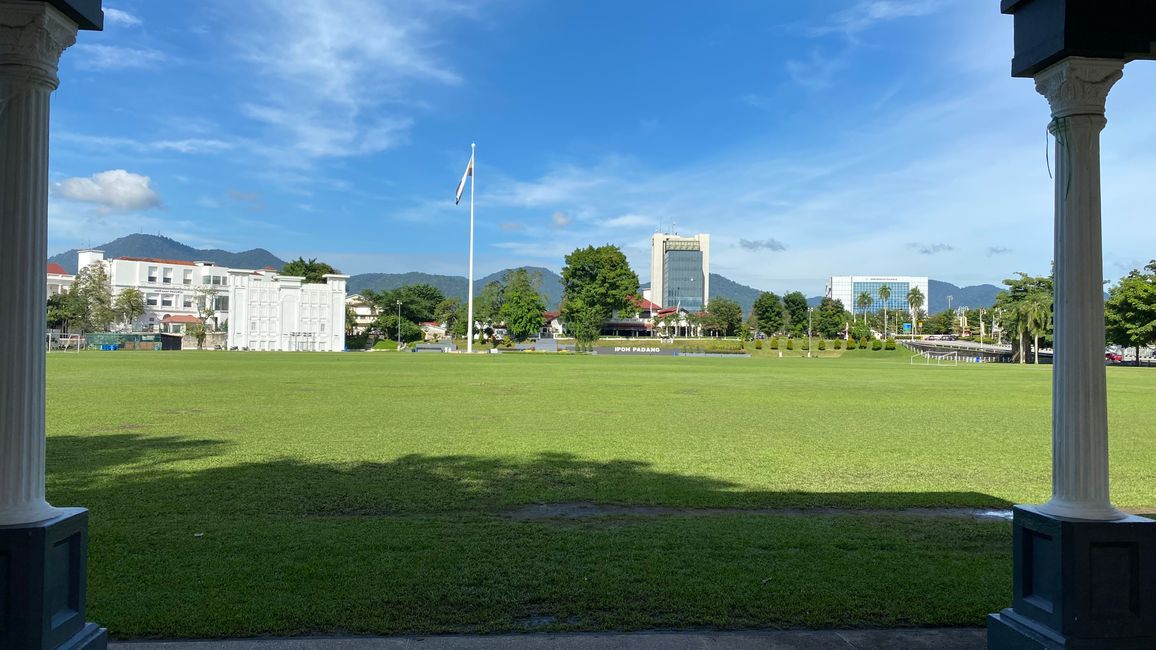
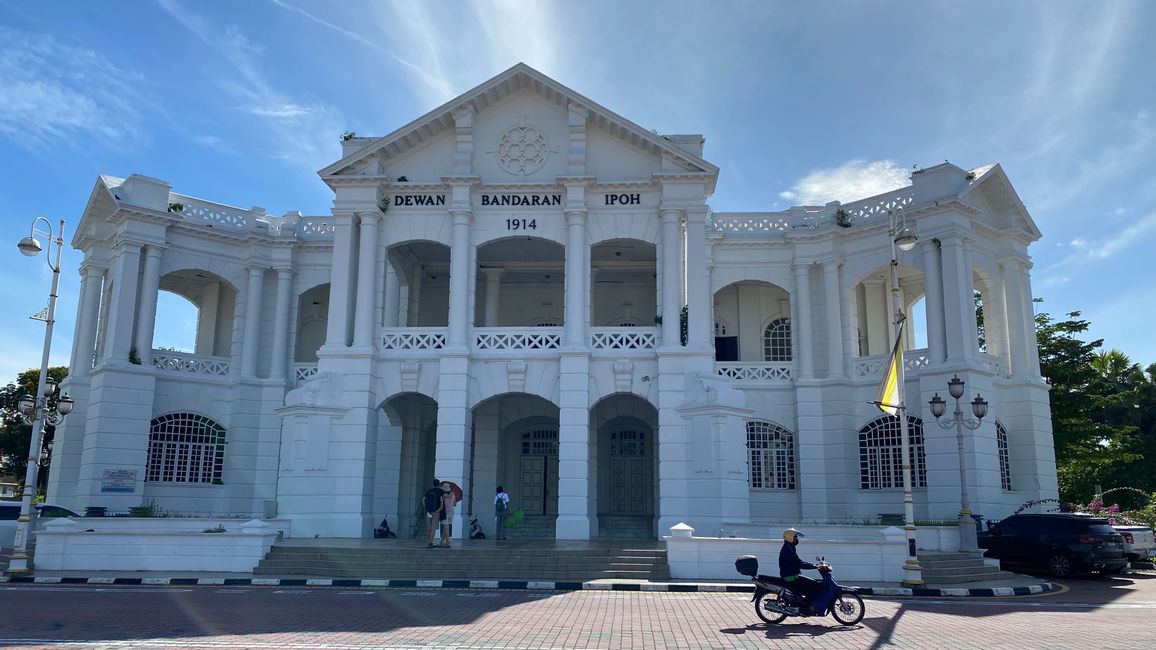
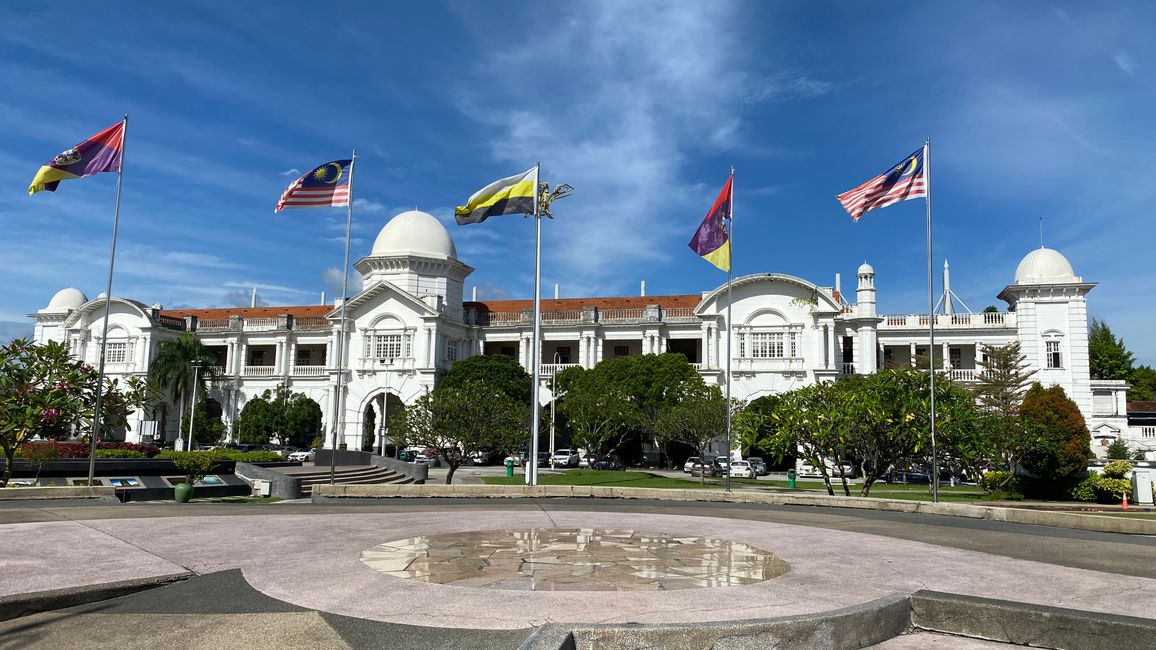
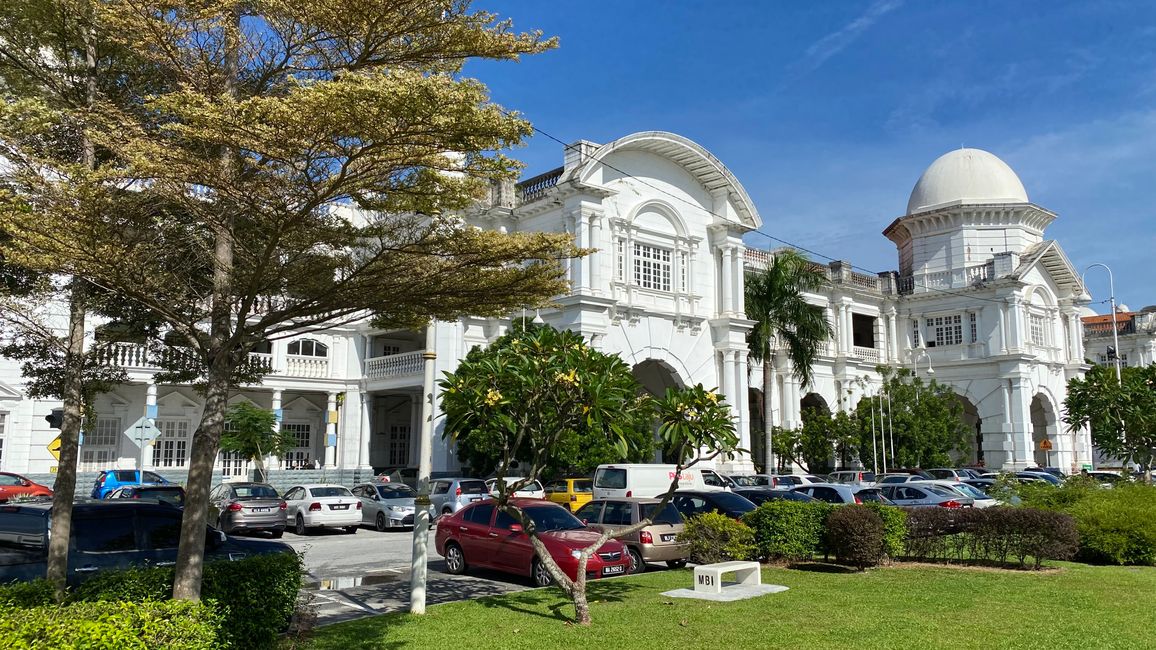
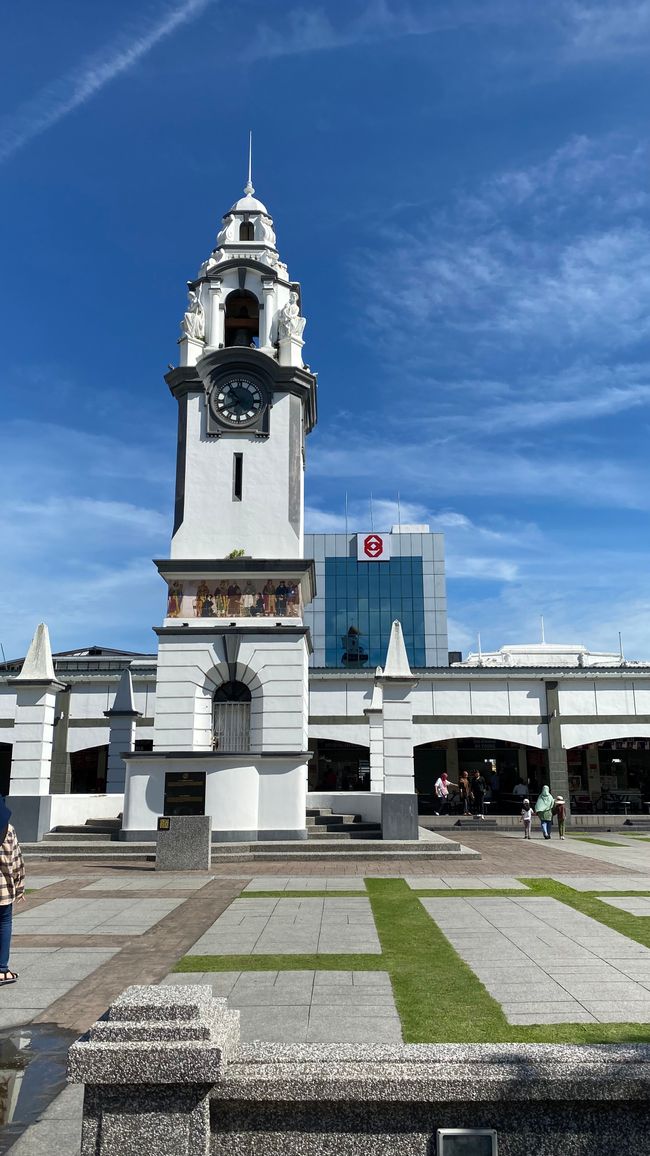
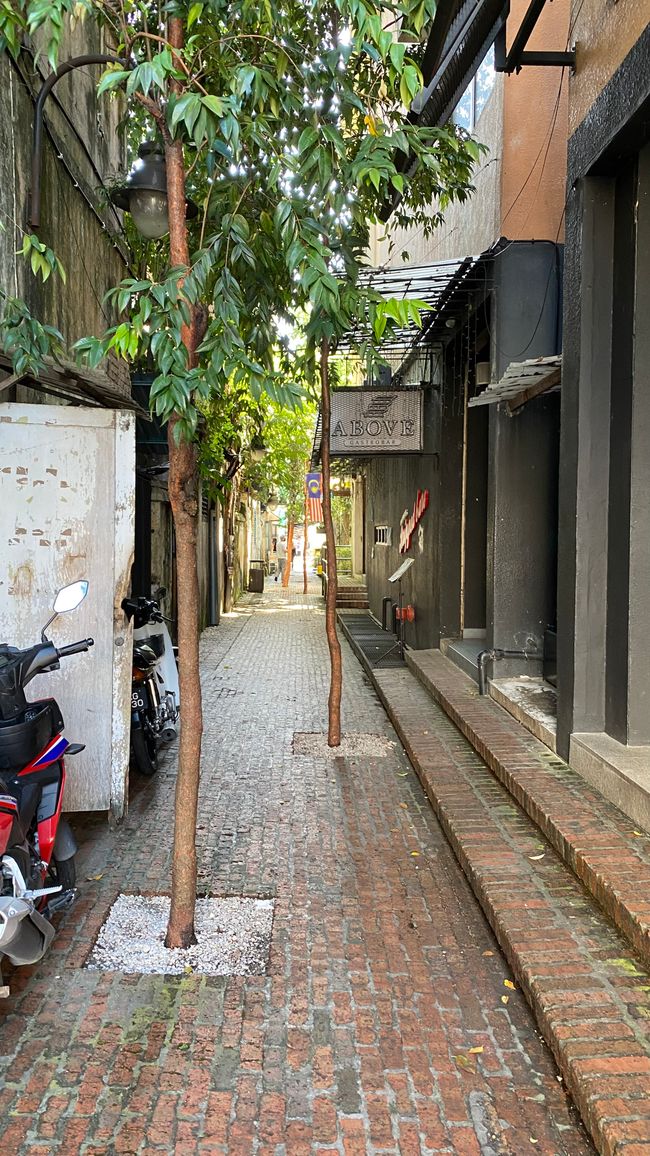
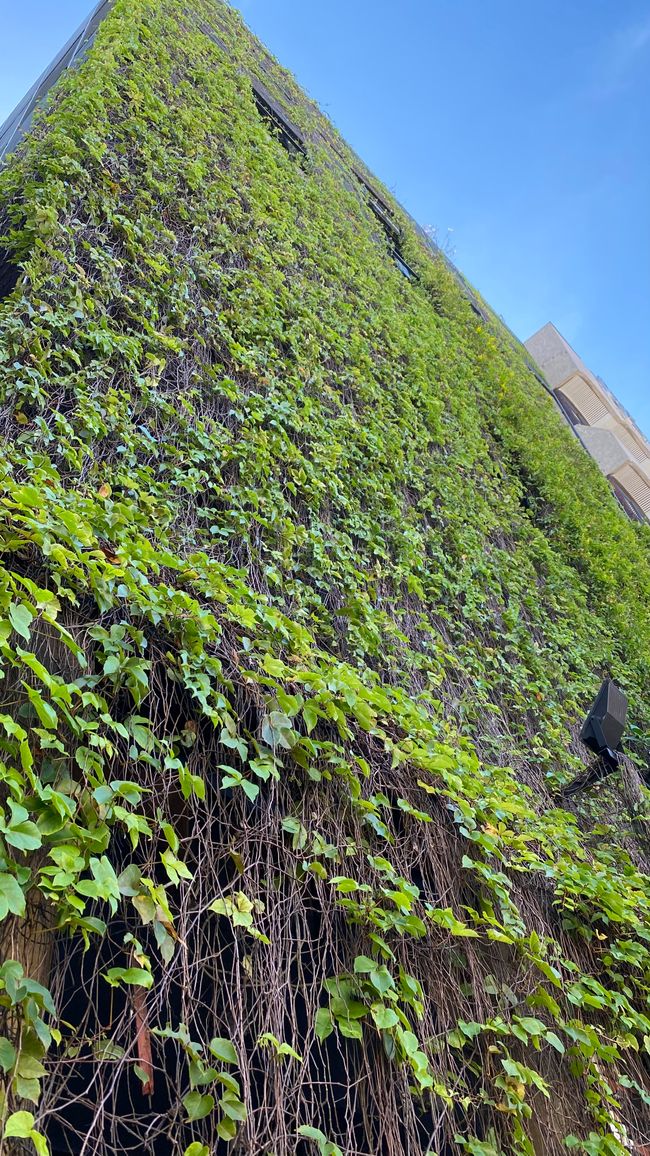
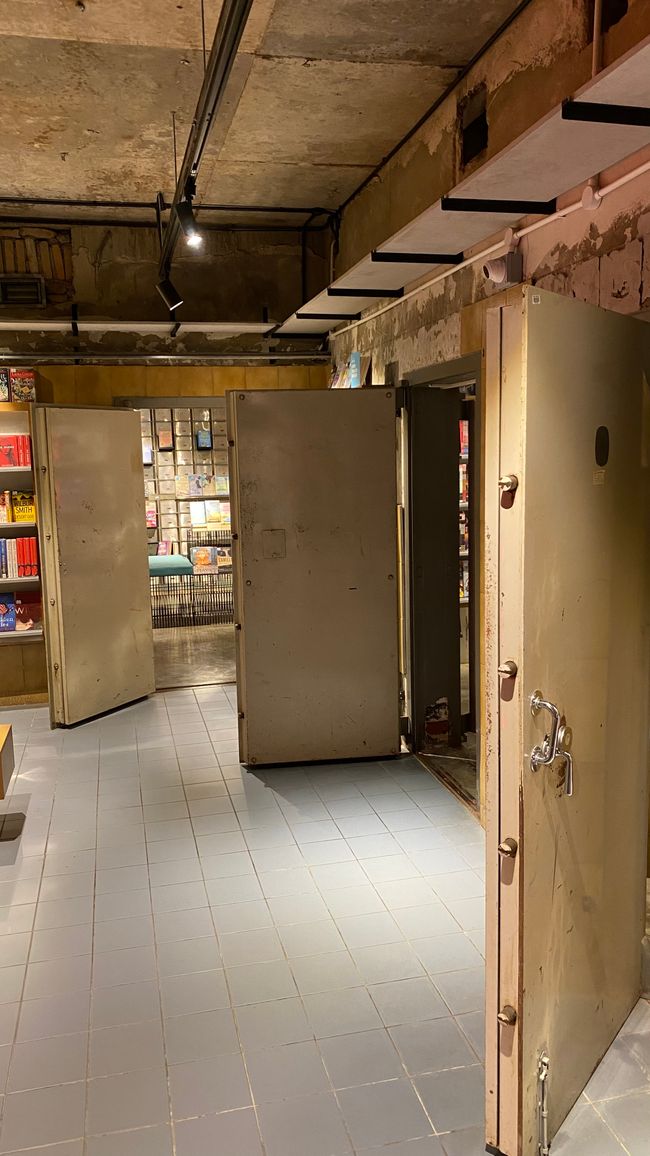
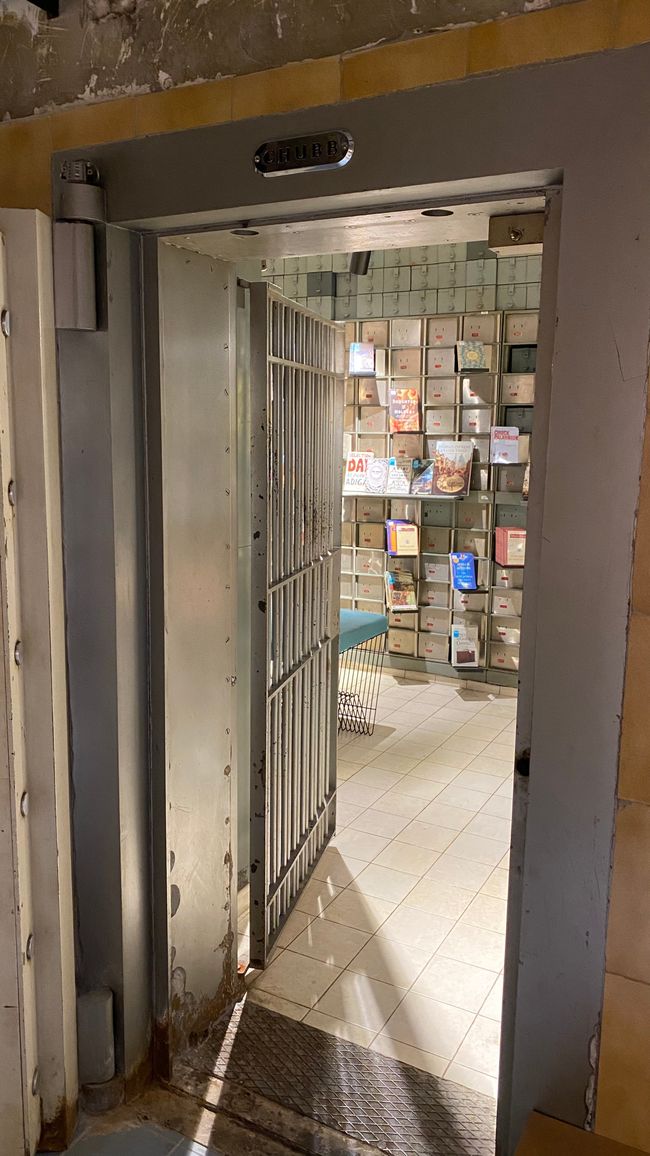
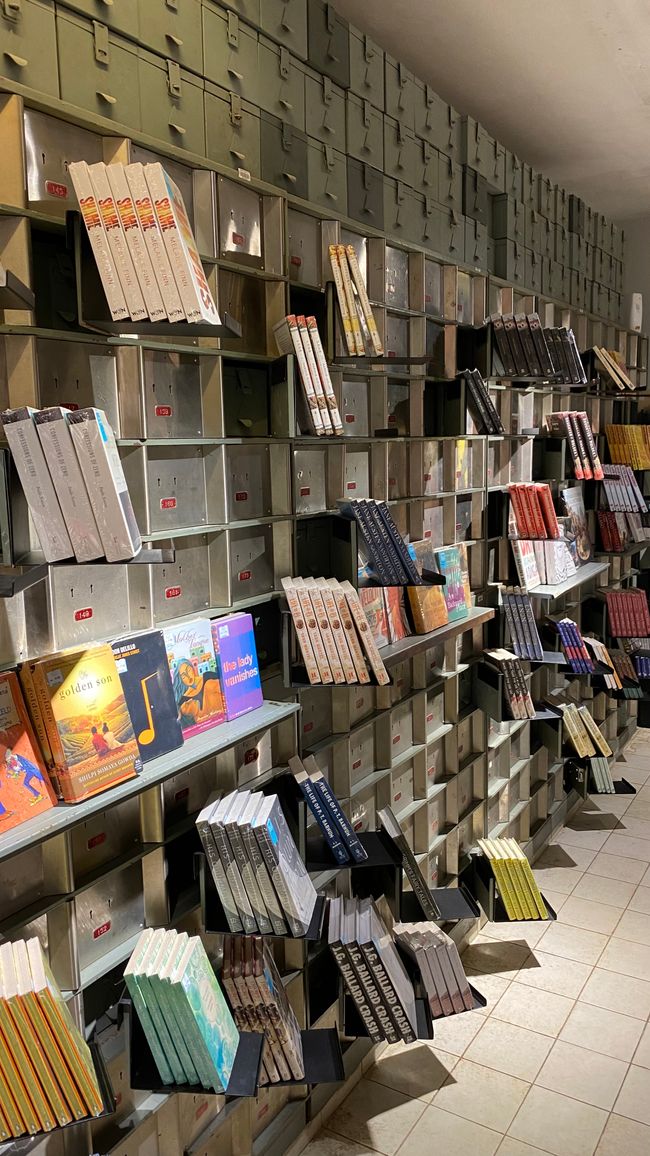
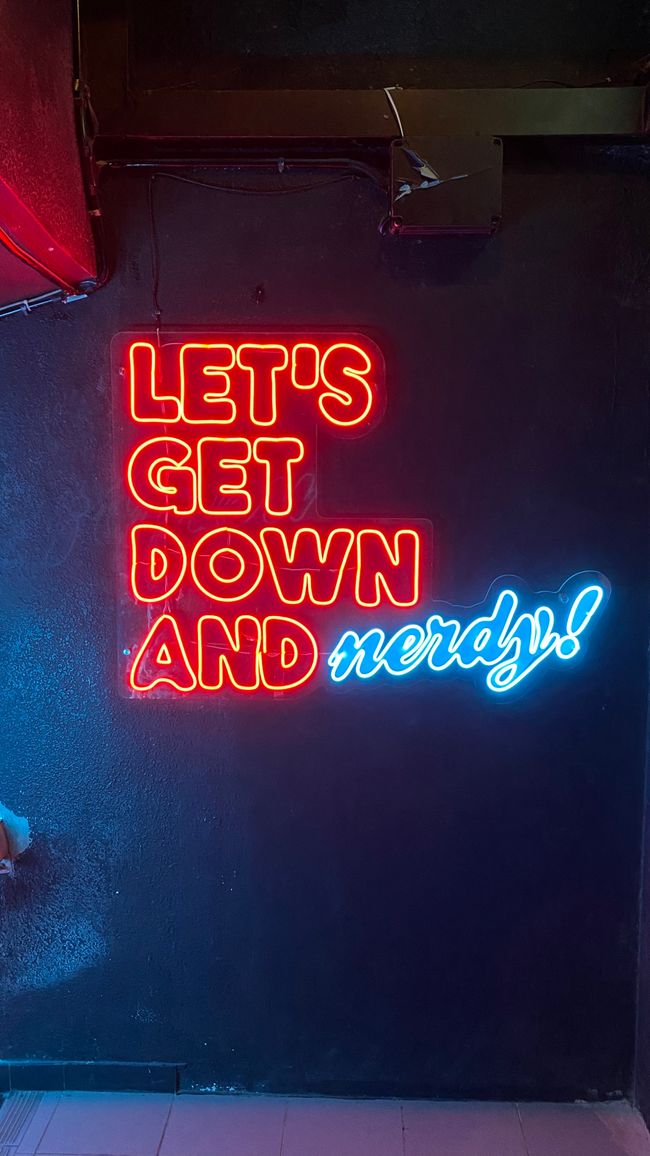
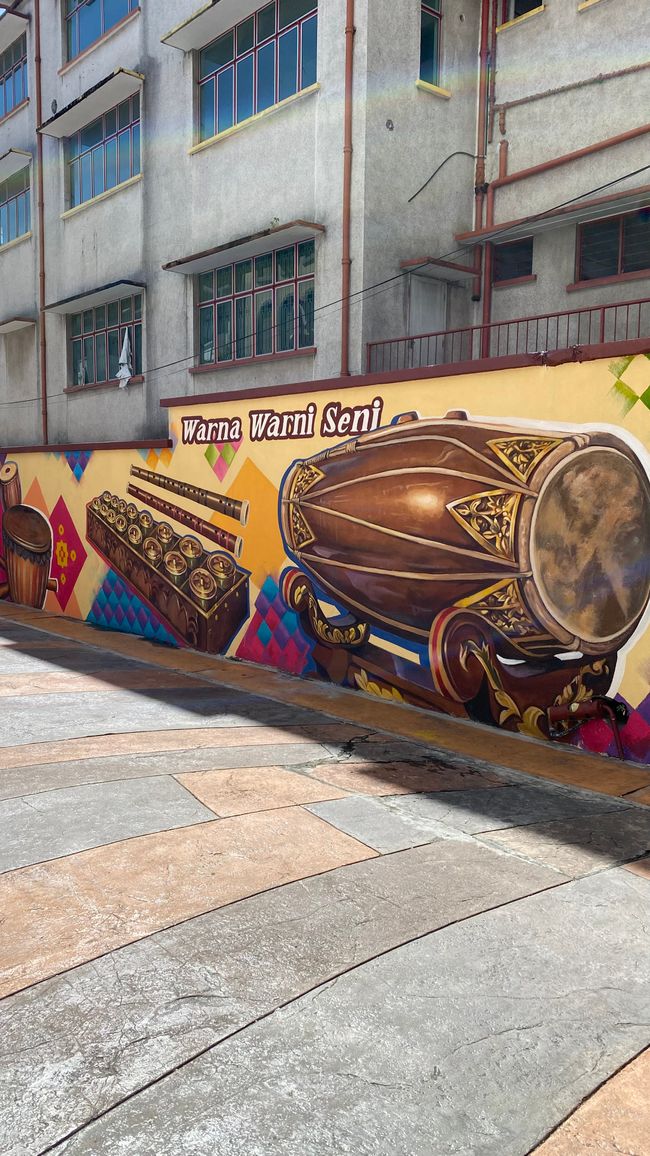
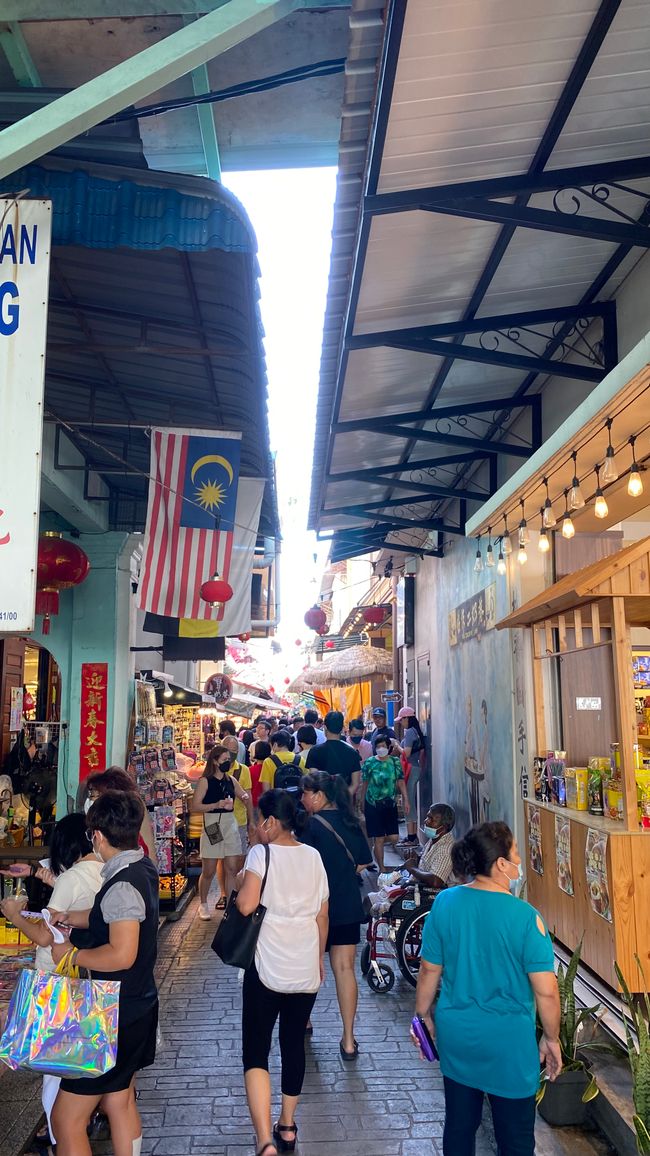
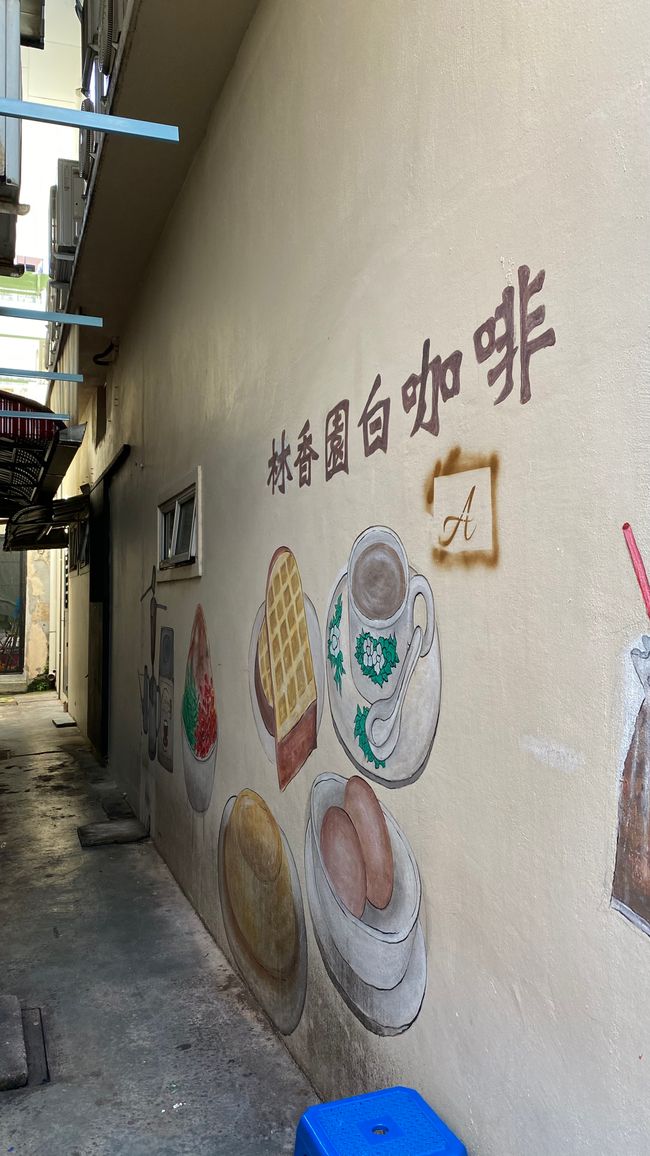
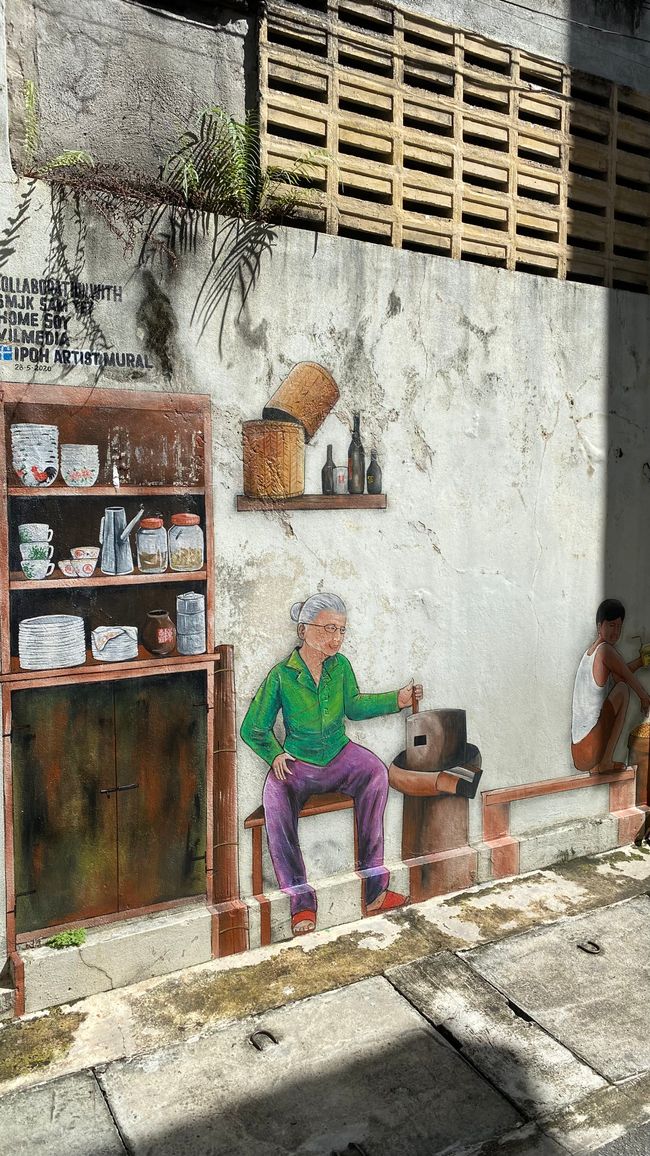
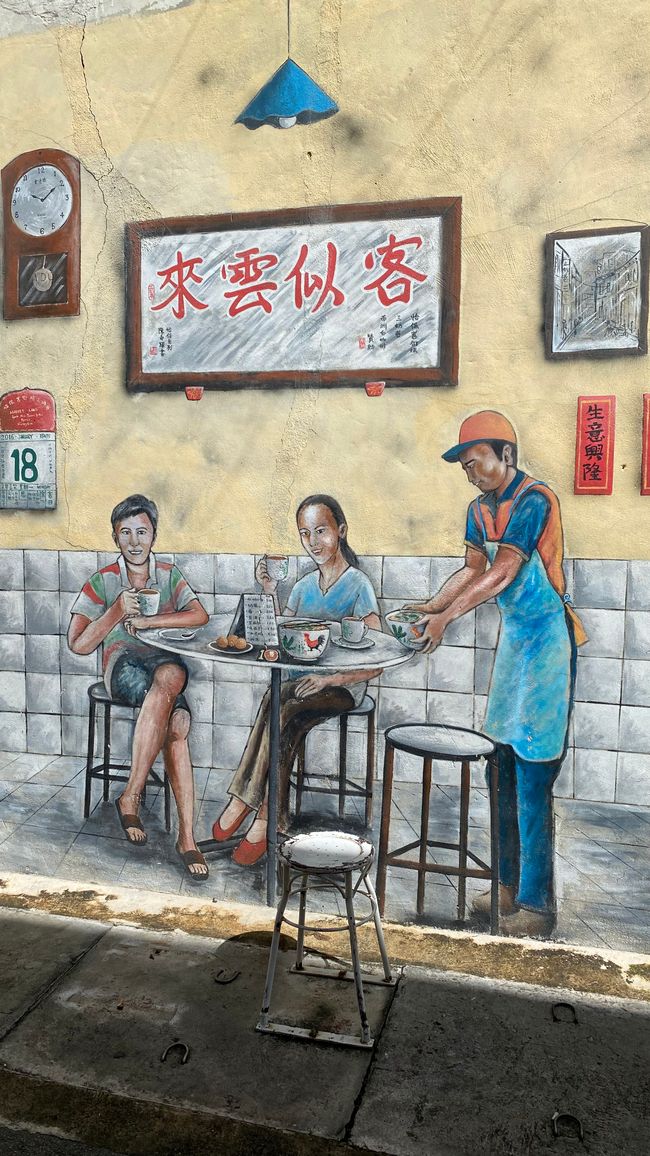
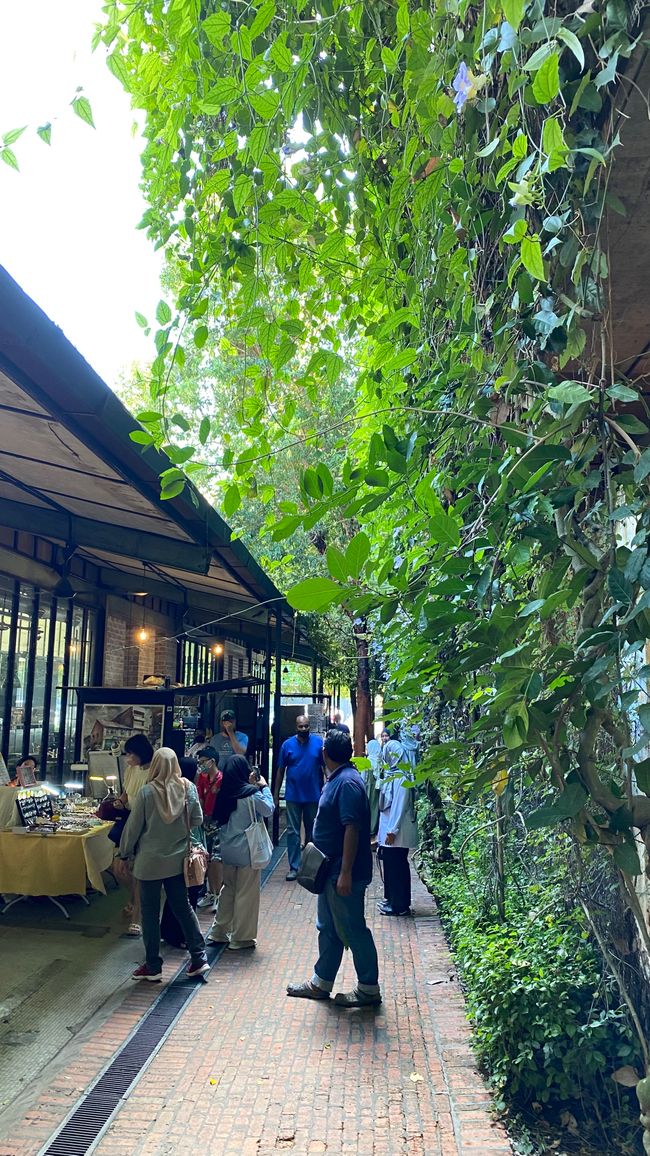
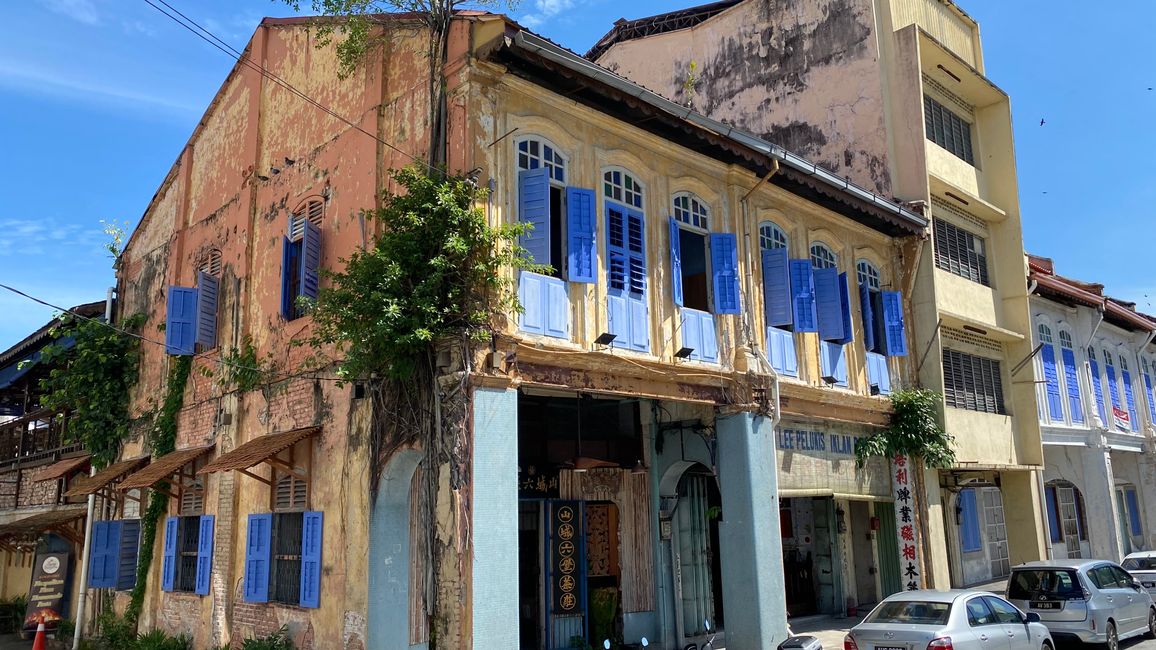
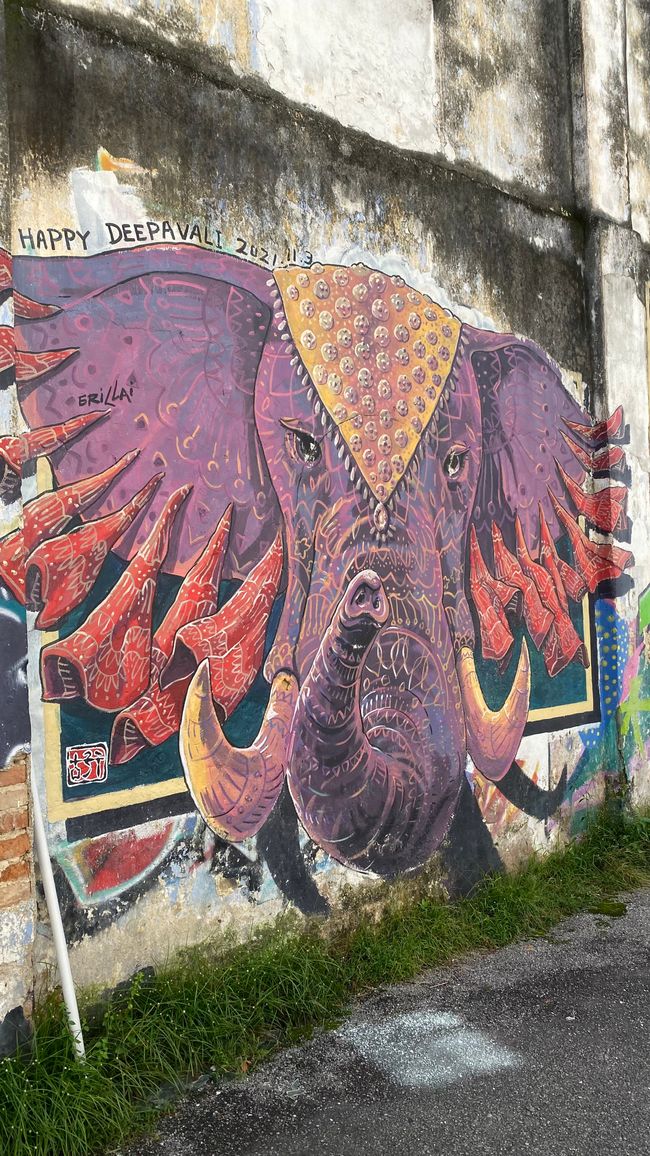
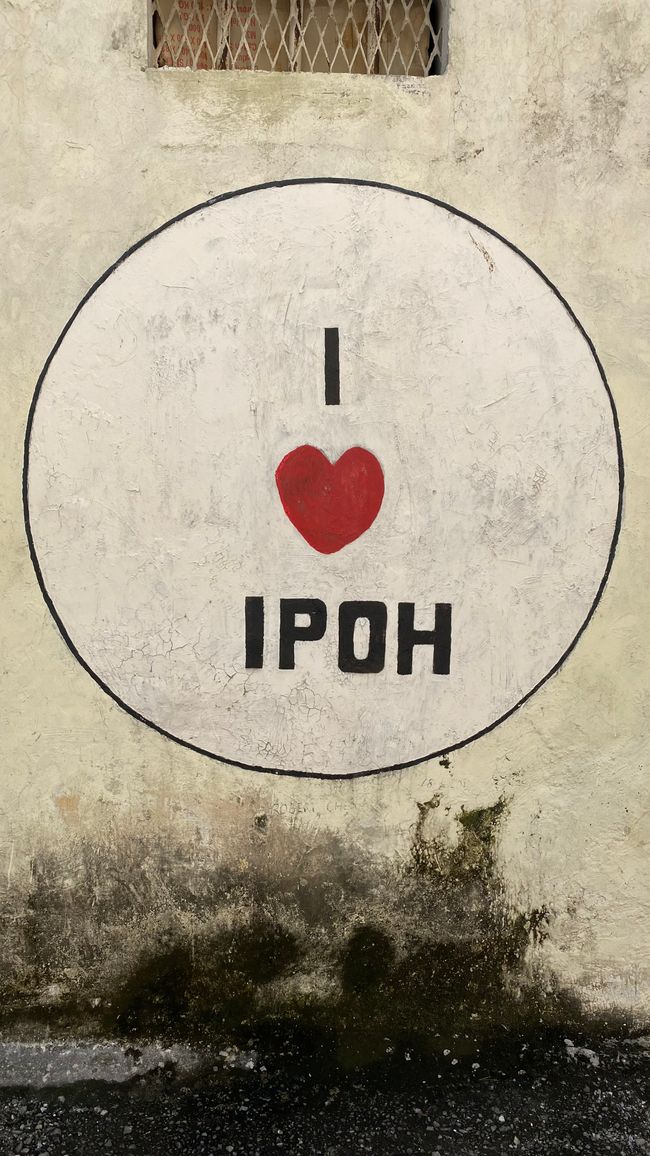
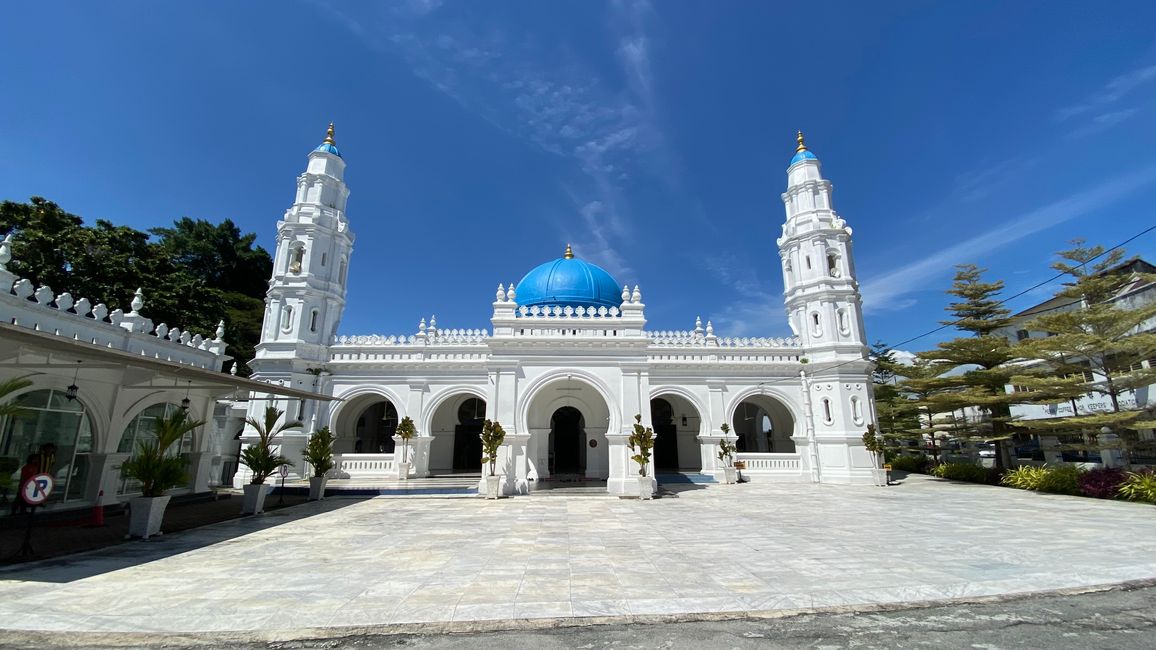
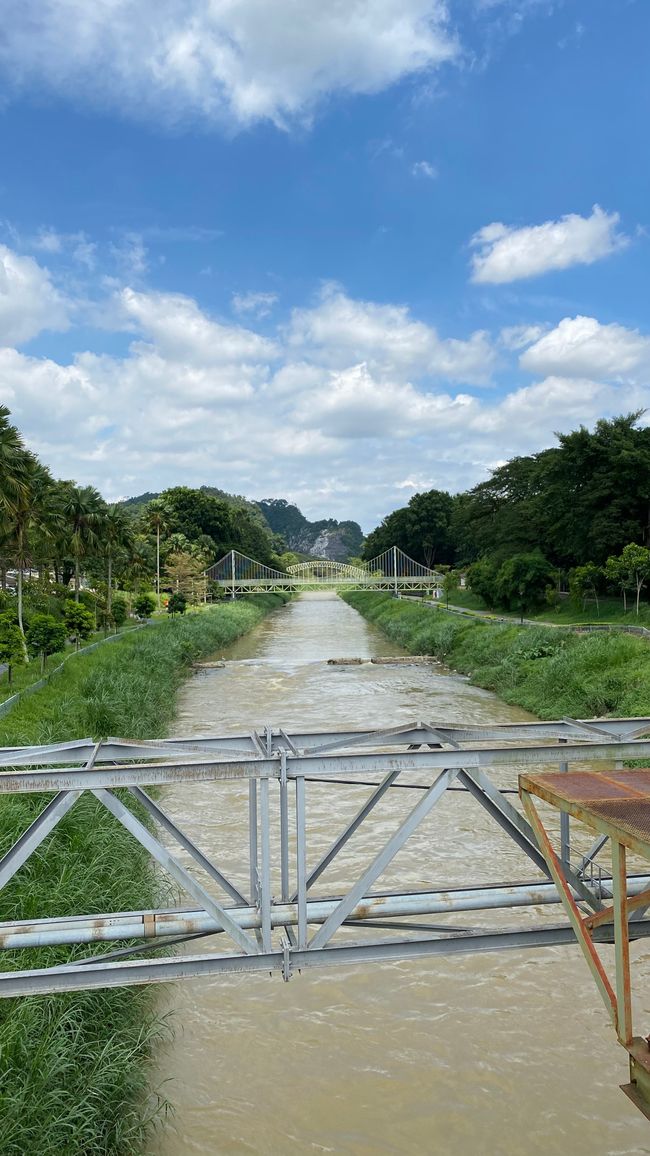
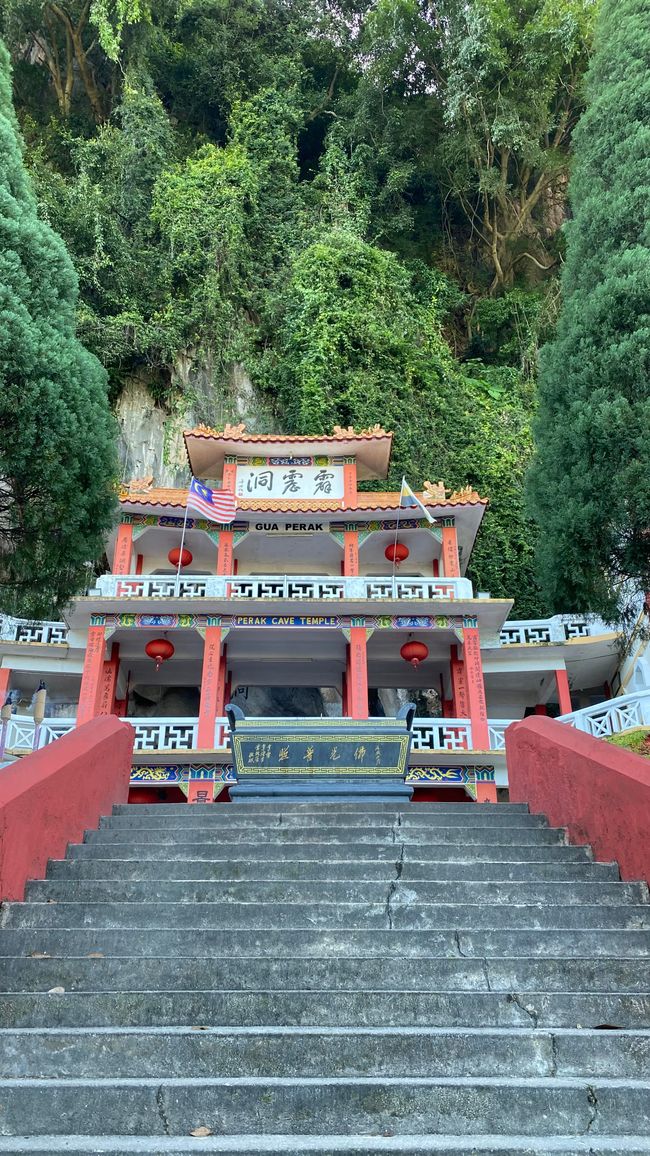
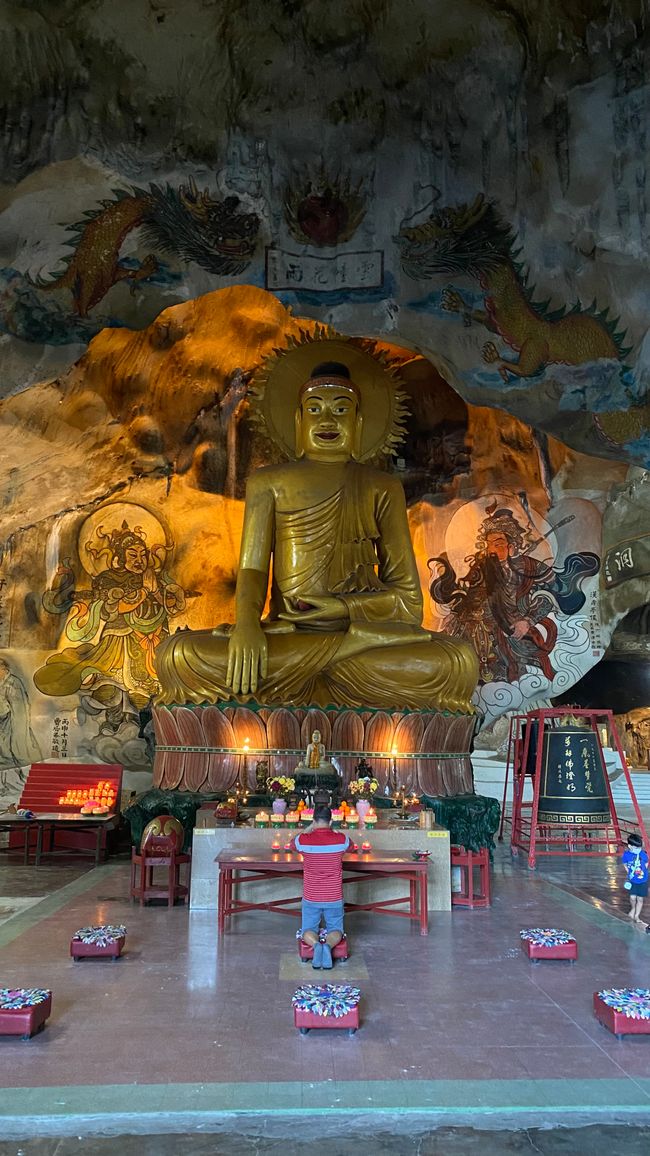
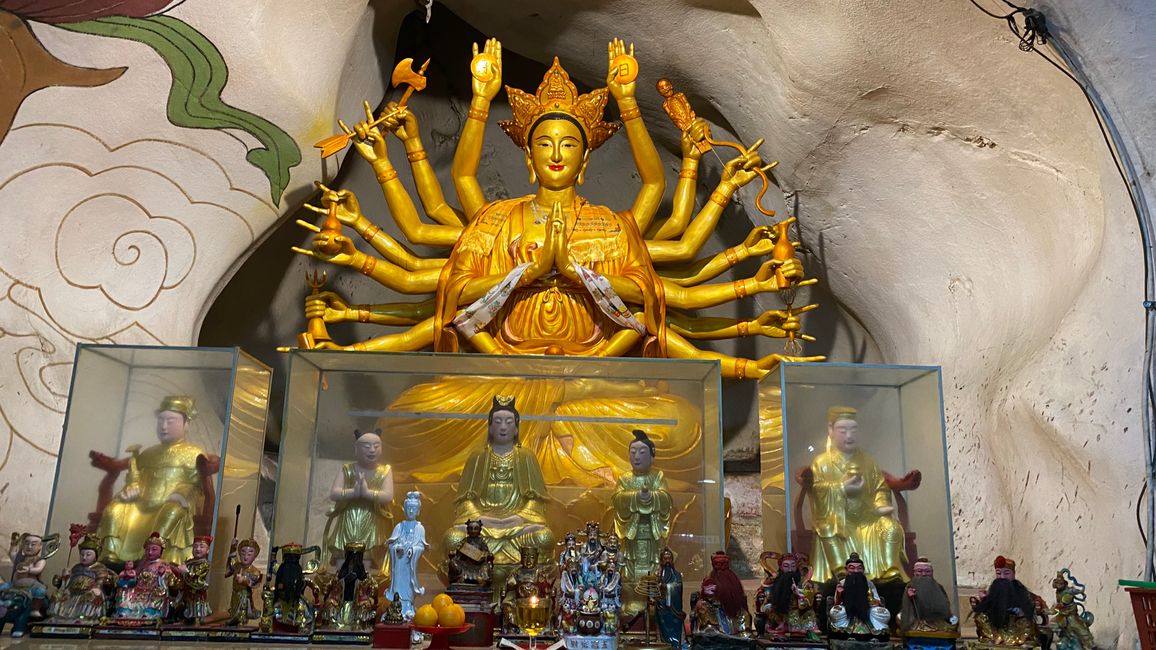
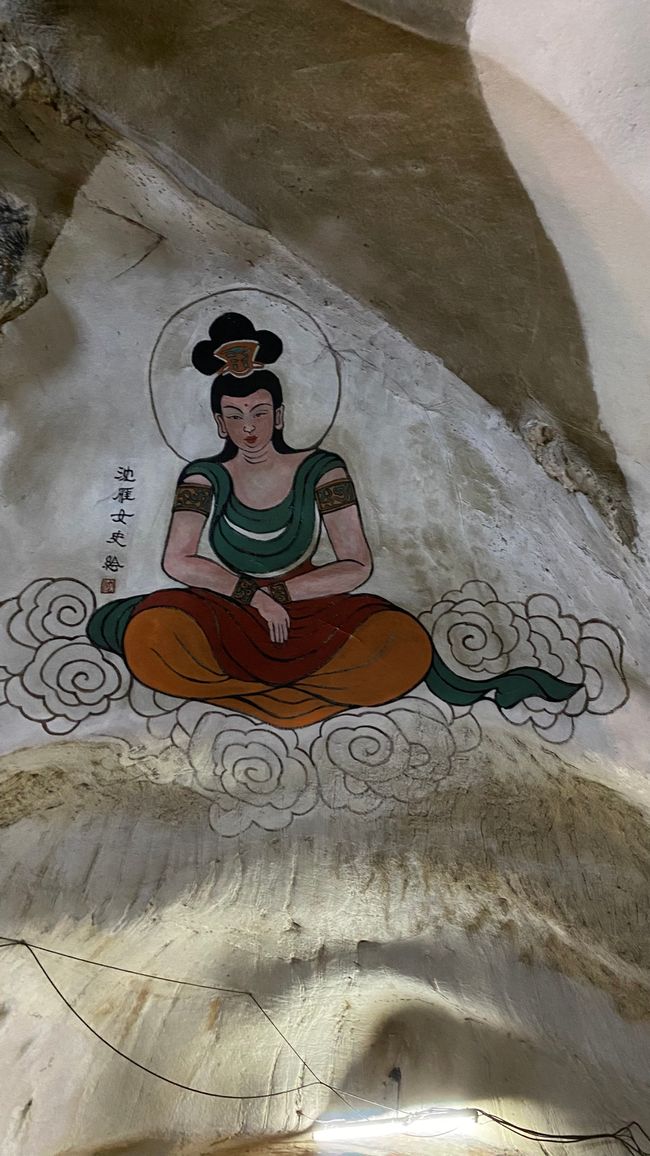
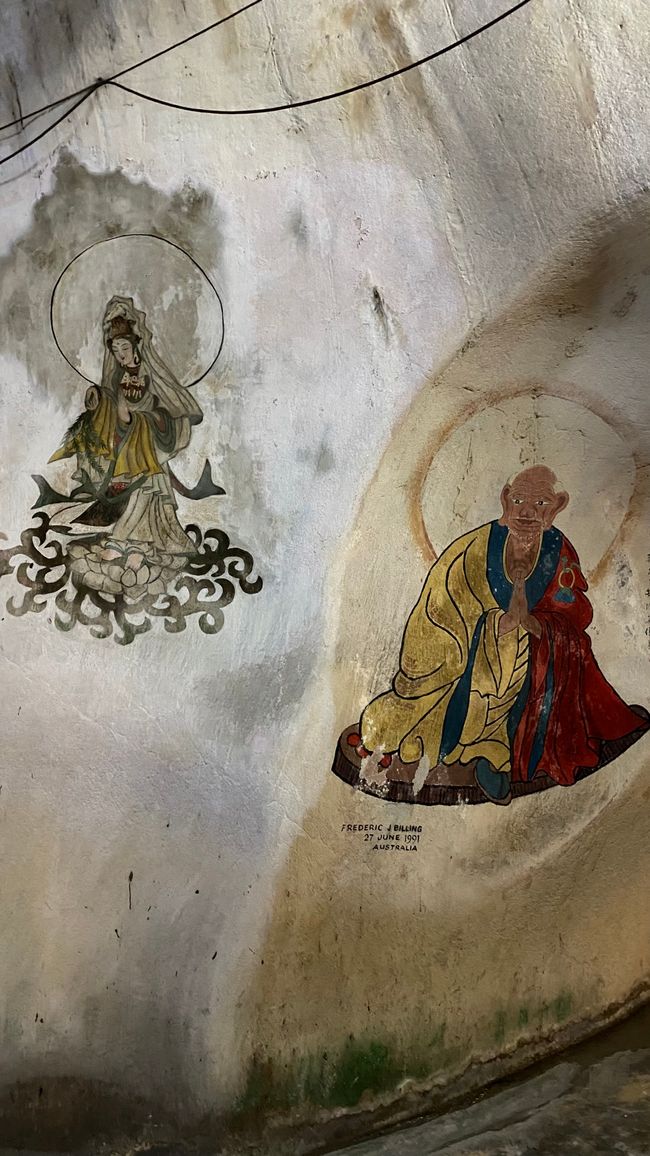
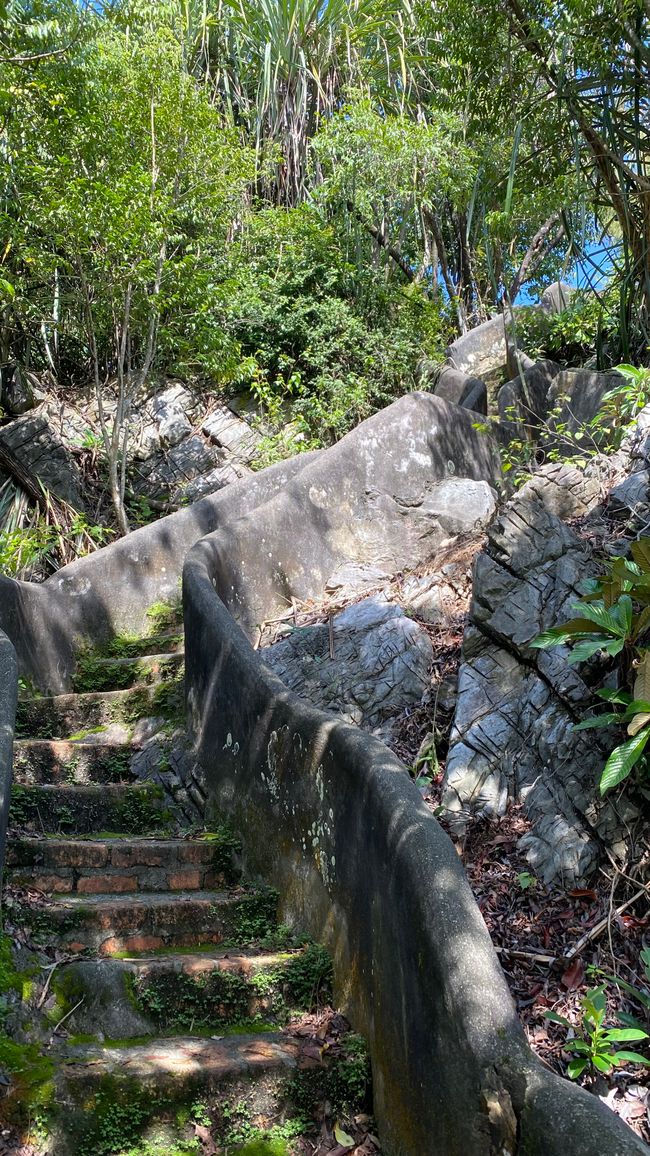
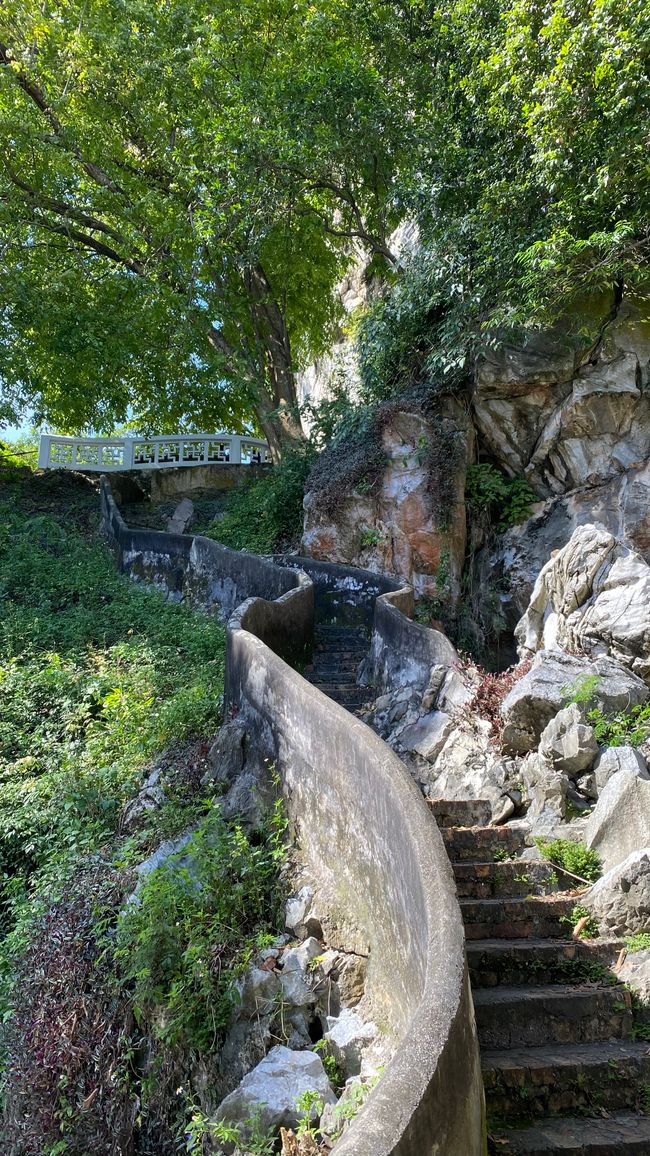
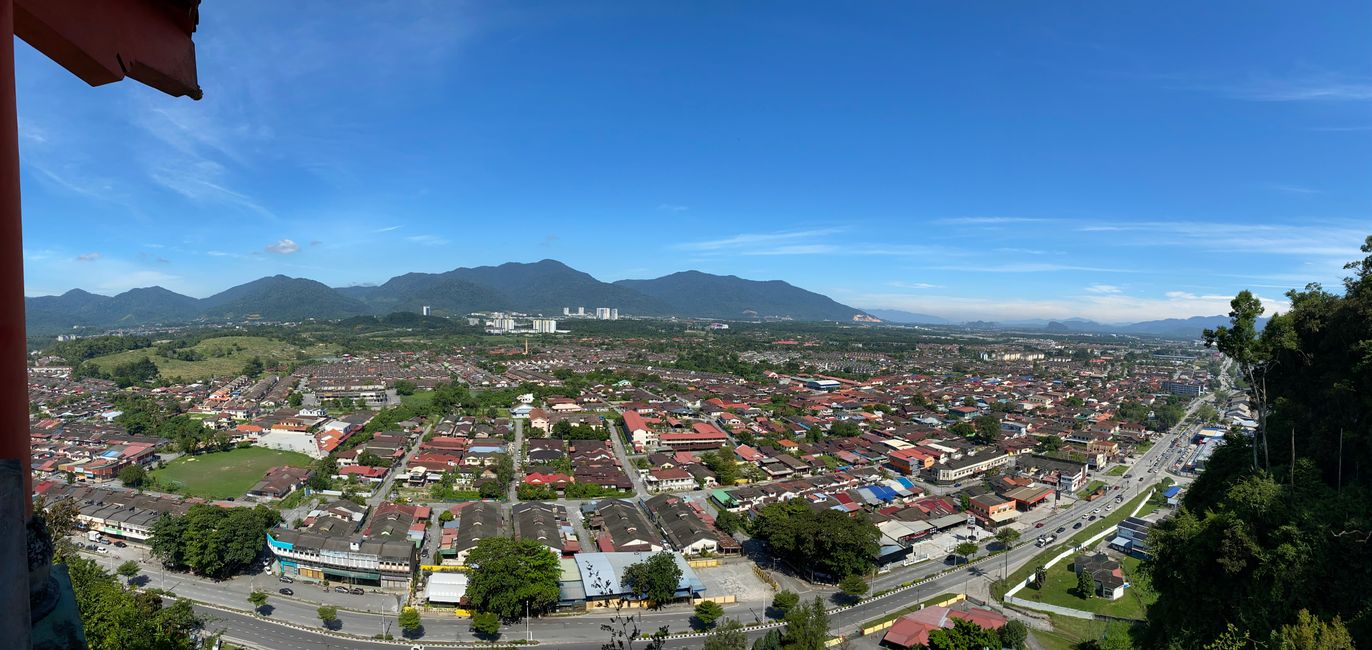
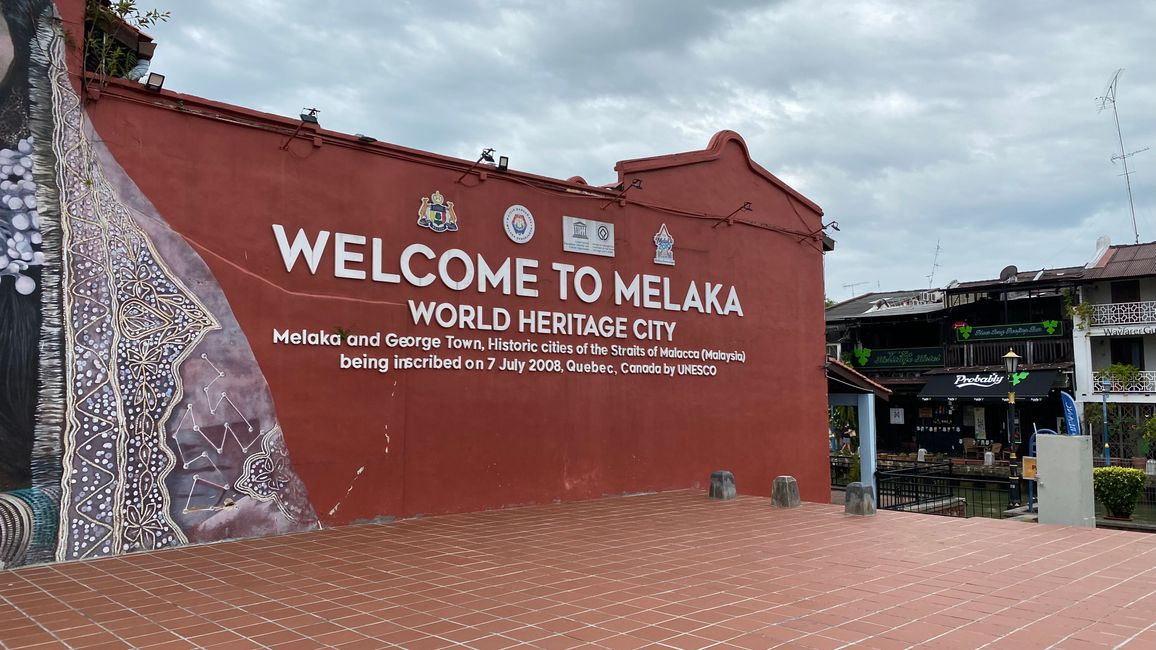
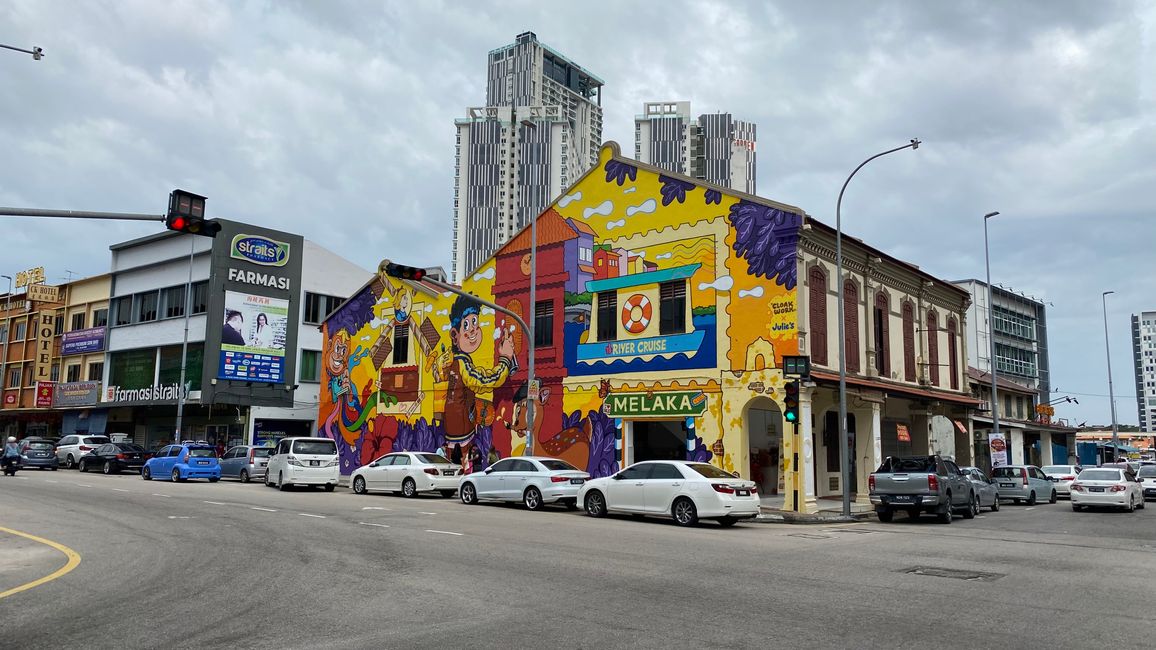
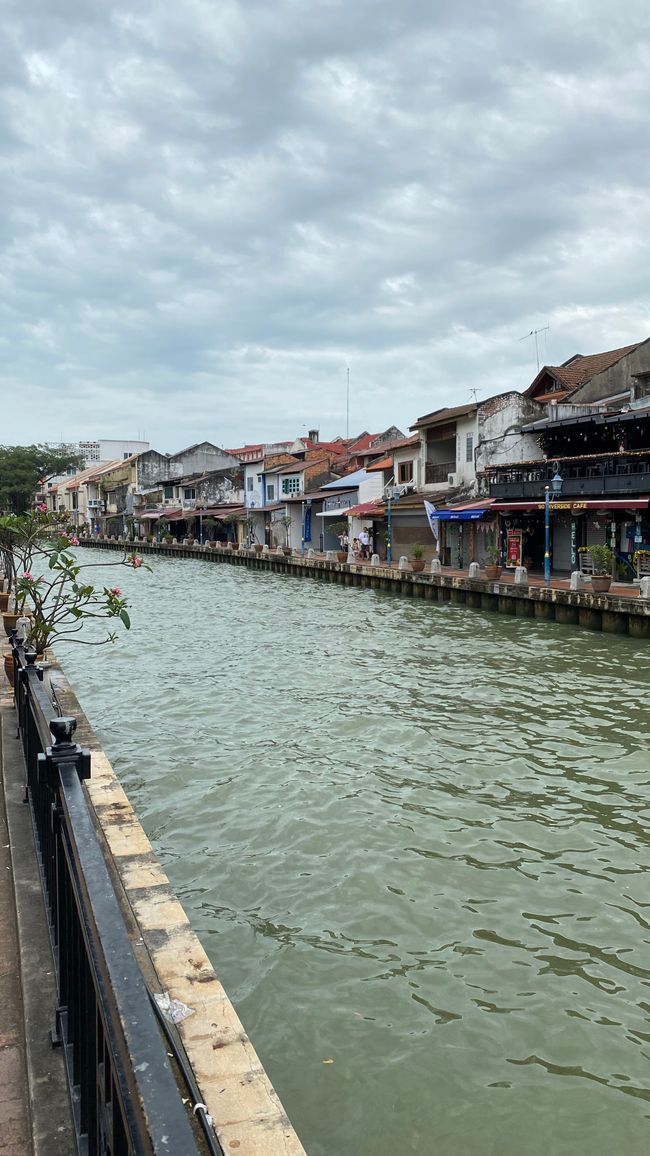
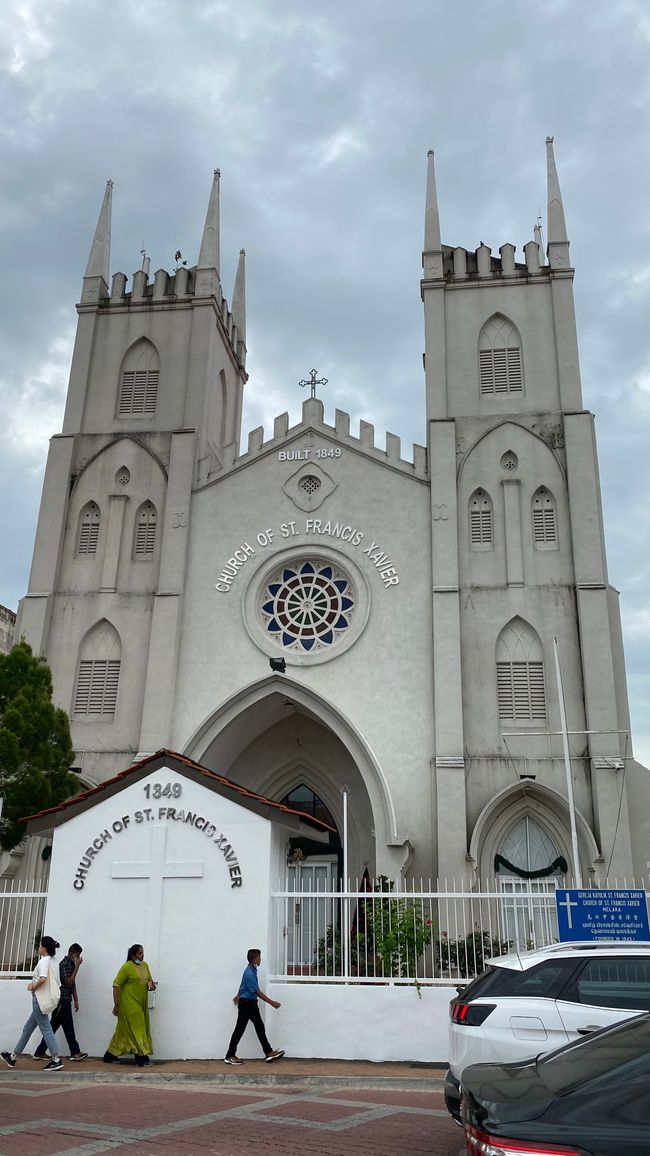
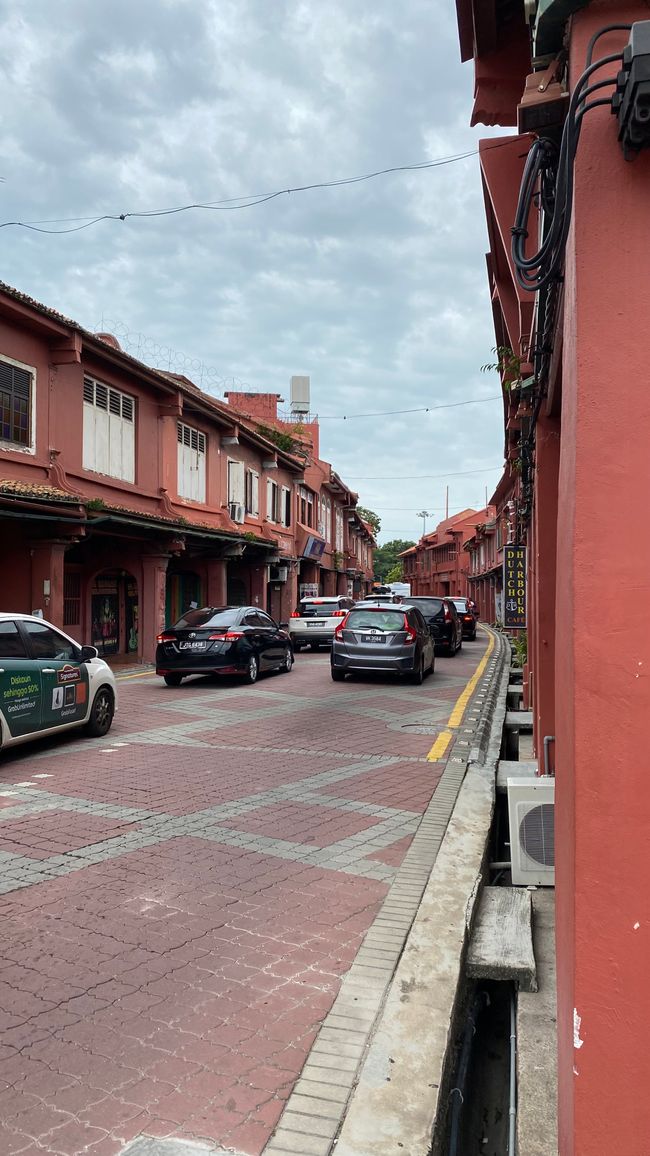
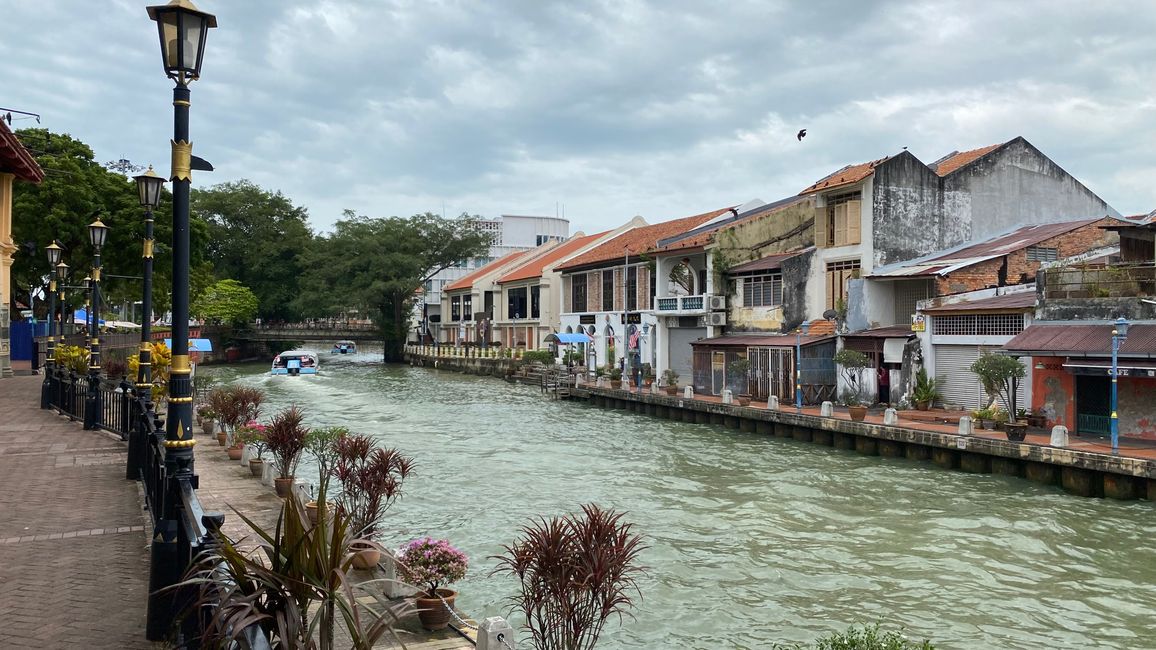
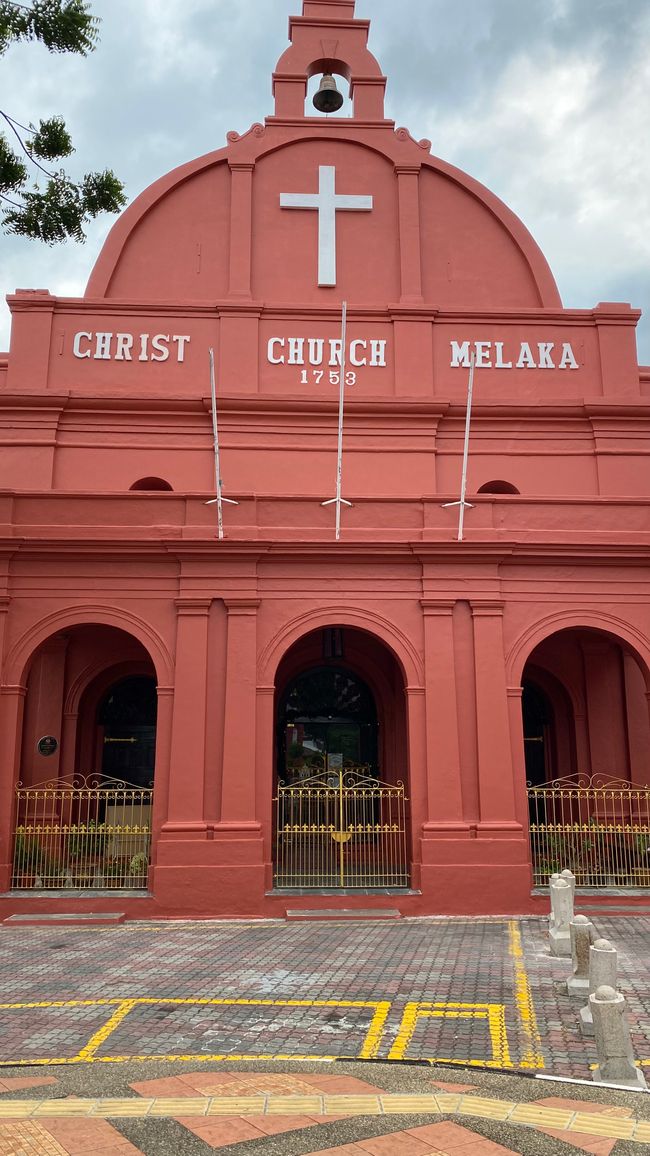
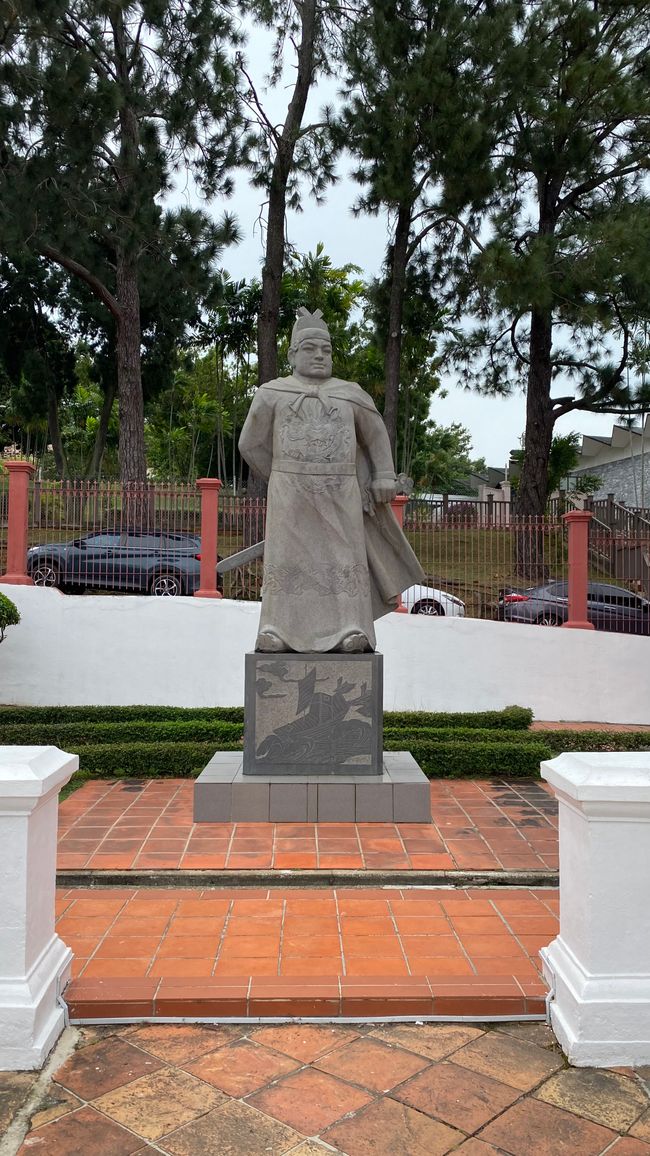
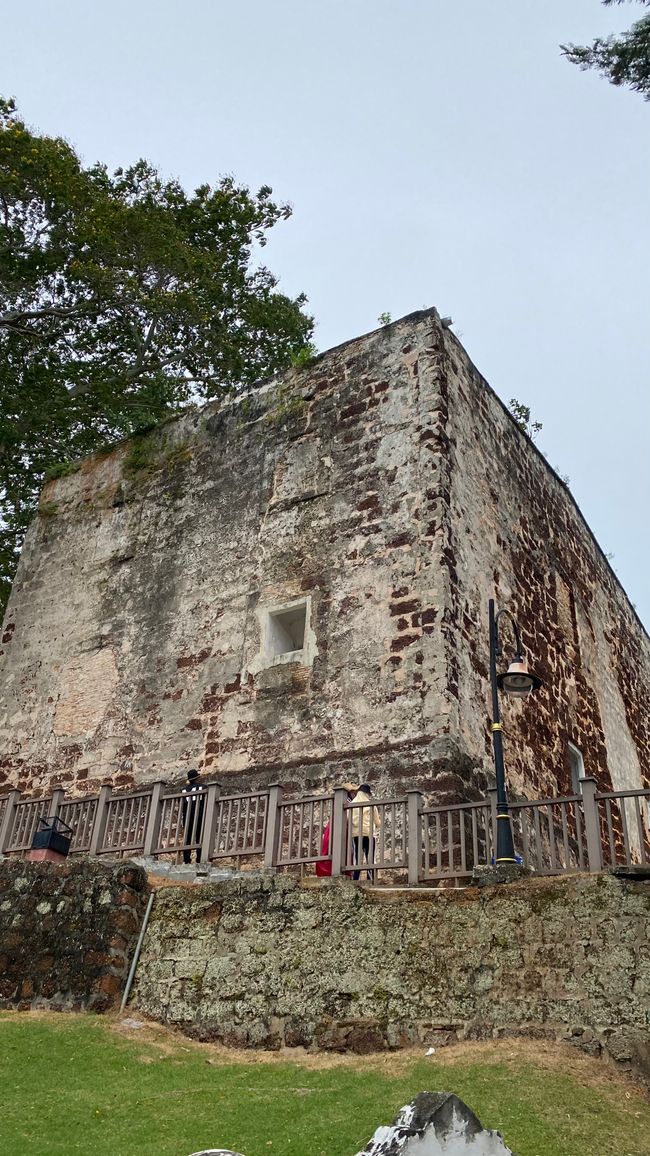
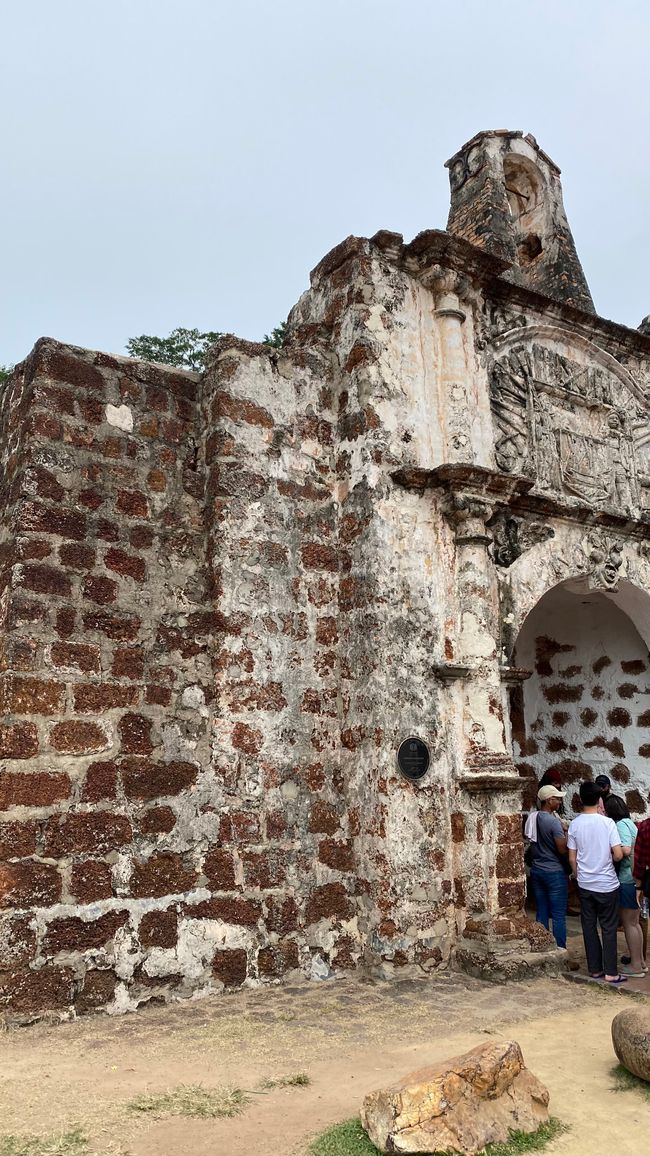
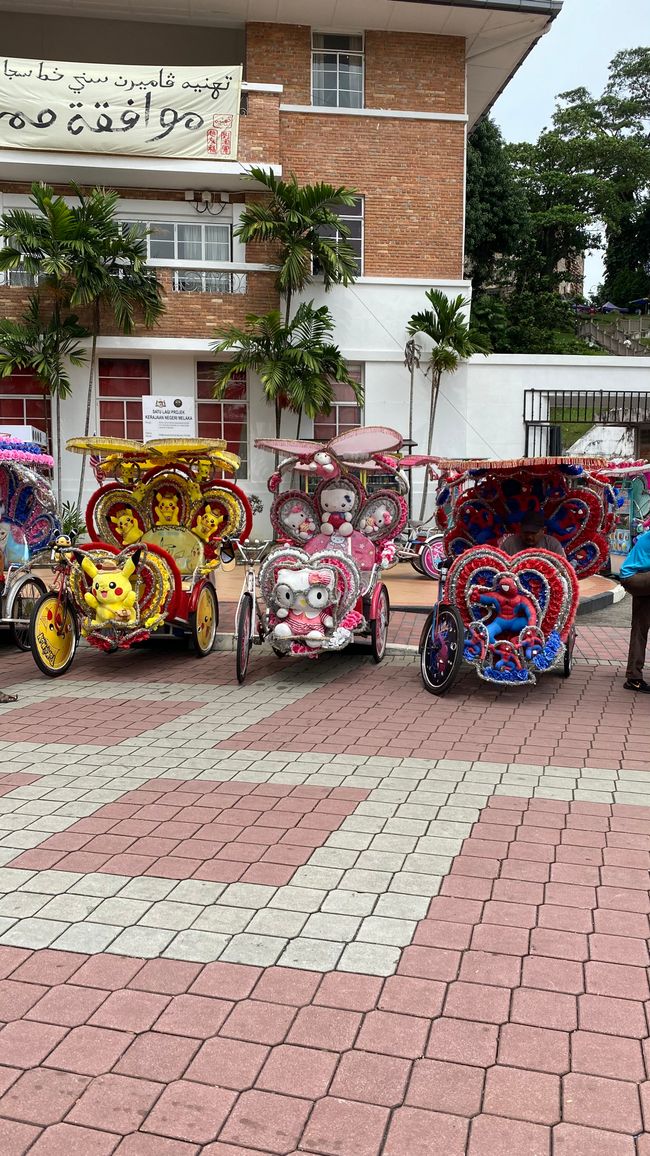
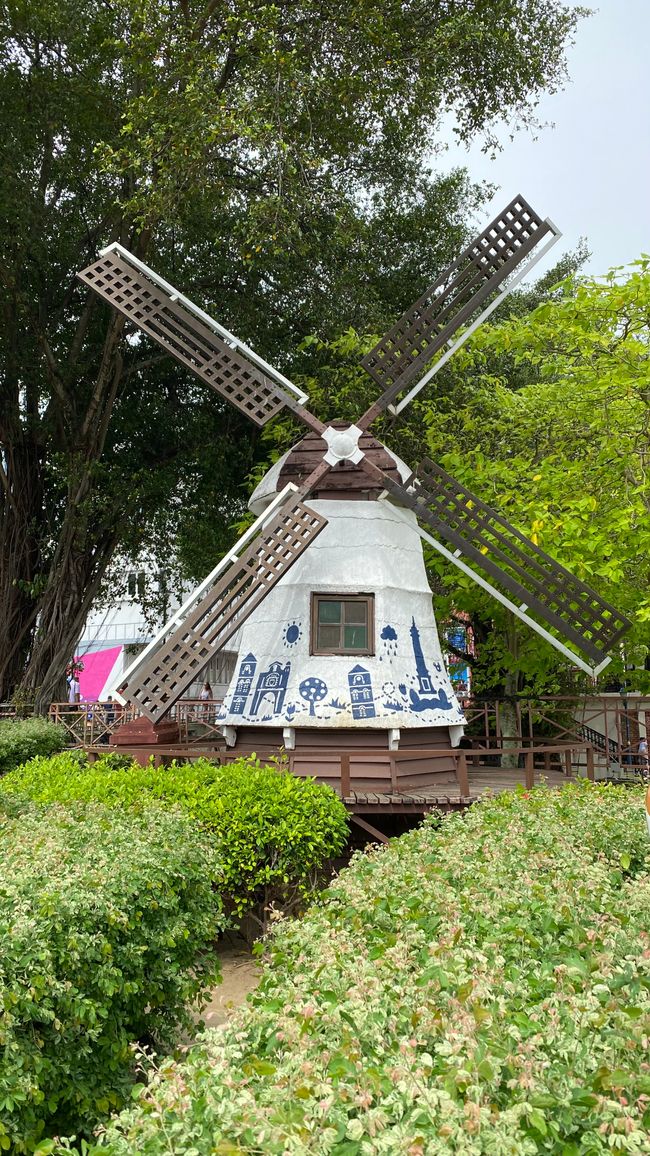
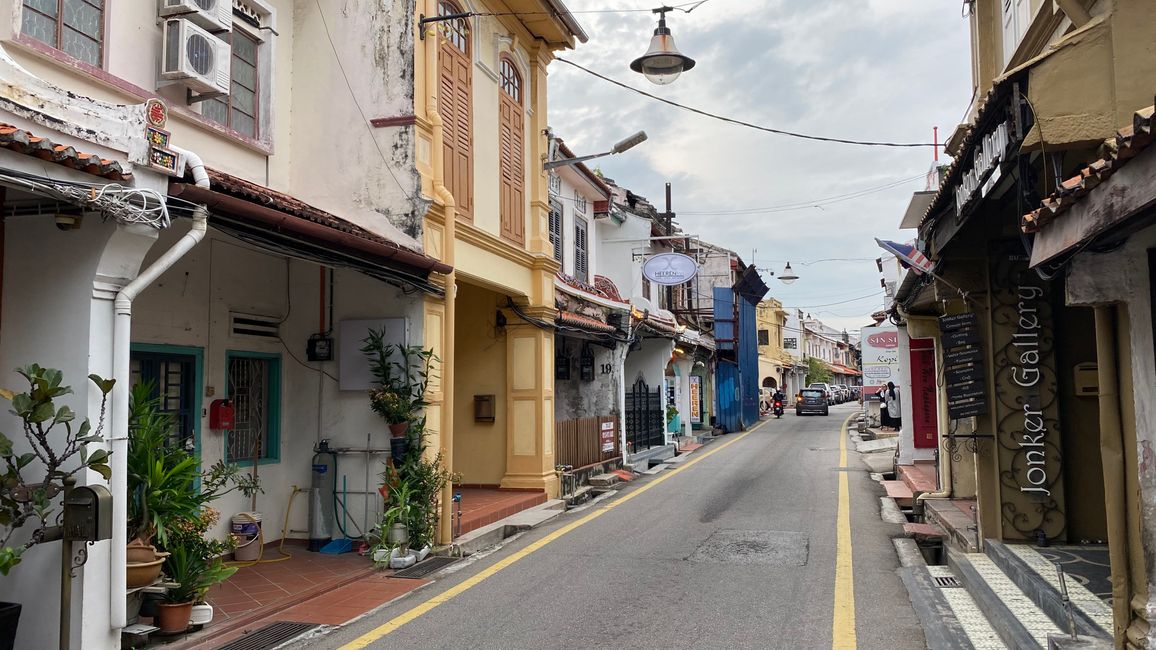
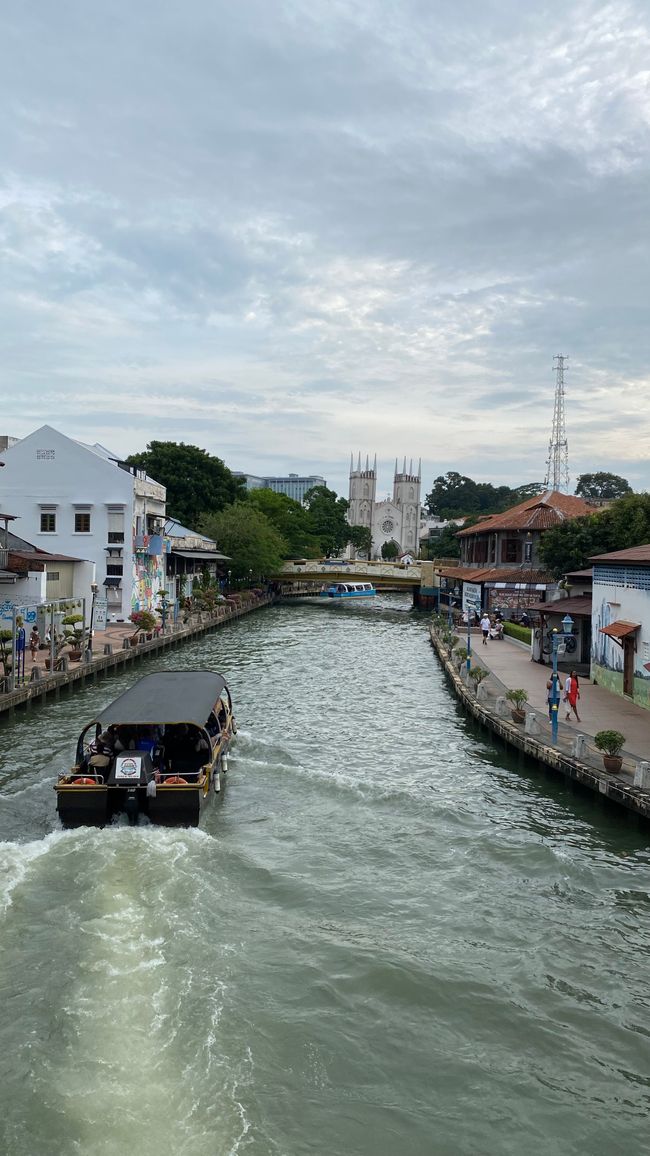
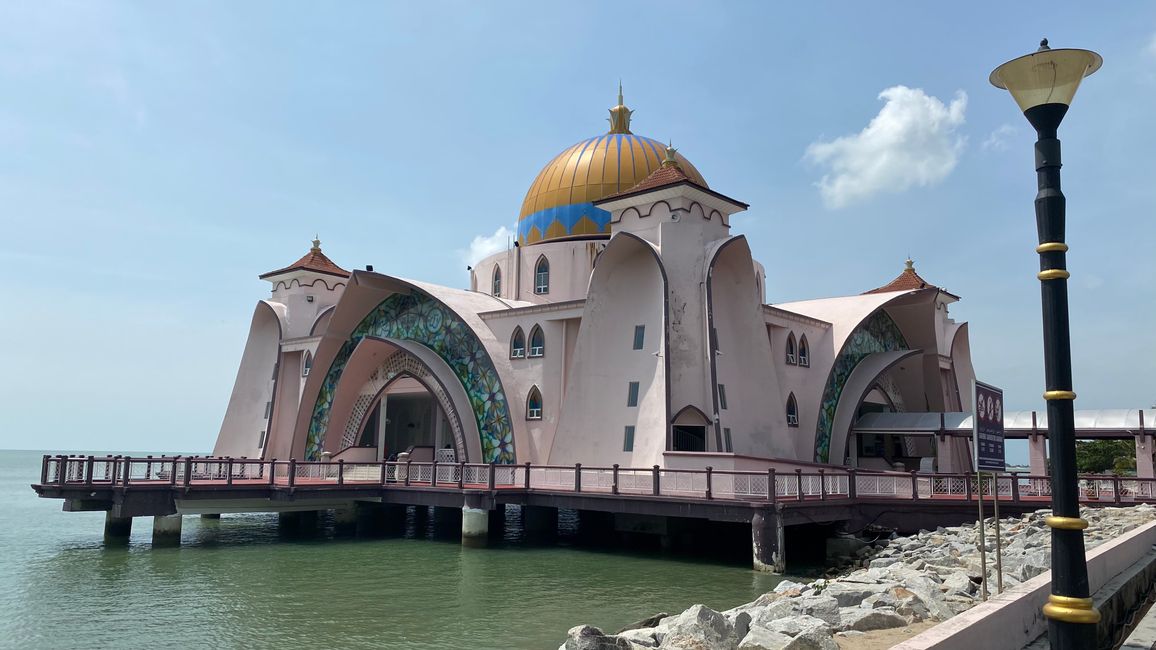
Jiandikishe kwa Jarida
Last Thursday my time in Malaysia came to an end after three weeks. After the relatively short stops in the last few weeks, I took it easy towards Singapore through the interior of the country with three stops in nine days. Since long bus rides tend to be exhausting and I had plenty of time anyway, I decided to make a stop in Taiping between Penang and Ipoh (more on that later). Taiping is not necessarily the first choice for backpackers, the place is a bit sleepy and there is not much to explore here. Why did I still decide to make a little detour there? Well, the internet said that there were great hiking opportunities in the surrounding area. That is true, as the host mom told me, except at the time of my visit. A few days earlier, there had been a landslide in a neighboring region with several fatalities and injuries, which is why the government temporarily closed all hiking trails in Malaysia. Tough luck, plans can disappear in an instant. What do you do for two days in a place where there is not much to do? Just when I had resigned myself to spending my time reading, eating, and walking, luck came to my aid. The only other backpacker in my hostel told me that she had been wanting to visit a sanctuary for sick orangutans for a few days, but hadn't found anyone to share the transportation costs with her yet. I didn't know that such a sanctuary existed in the region, but of course, the opportunity came at the perfect time for me. The sanctuary is located about half an hour's drive from Taiping on a small island. The island, which is appropriately named Orangutan Island, has a total of 35 hectares exclusively for 15 orangutans. Most of the monkeys here come from Borneo, an island in eastern Malaysia. The goal is to eventually reintroduce the orangutans into the wild, which is why they live on the island in a natural environment and are not confined to cages. It may look like a prison in the pictures, but the bars are only meant to limit the island and protect visitors and caretakers from the orangutans. After crossing to the island by boat, we were greeted by a staff member who guided us through the sanctuary and explained everything to us along with the other tourists. After about 45 minutes, the tour was over and we returned to the hostel. That was perfect timing because ten minutes later it started pouring rain again.
The next morning, a bus ride was on the agenda again, albeit a very short one. Within an hour, I traveled about 70 kilometers southwest to Ipoh. The small city is currently still somewhat of a hidden gem in Malaysia. Cool street art, a relaxed vibe with green spaces, several cave temples on the outskirts, nice people, multicultural, and relatively few Western tourists, that's how you can sum up Ipoh briefly. Generally, two days are enough to explore the city's main attractions. However, since I wanted to take it easy and Christmas was around the corner, I stayed for a total of four nights. By now, I have the feeling that the rain is following me. I wasn't in the hostel for half an hour when the sky opened up. So, I grabbed my book again and spent the whole afternoon reading - that's how you make progress in your books. The next morning, I set out to explore the city. Ipoh was known as the "City of Millionaires" for a long time due to its rich tin deposits. Today, not much of the former glory remains. The small alleys and houses built in colonial style still exude charm, but the building structure is more Southeast Asia-style, which means something like rundown. First, I walked along the Heritage Walk. It is a well-marked walk through the city, past many buildings from the colonial era, such as the town hall, the train station, or the Birch Memorial Clocktower. But also past Chinese storehouses, Indian temples, and beautifully restored old houses that now house great cafes, restaurants, small extraordinary shops, and hotels. The good thing about the rainy season is that it almost always rains at the same time, so you don't have to worry too much about planning your day. After my little tour, I returned to the hostel in the early afternoon, and right on time at 3 pm, it started raining again - so the day was already over. The next day, I visited a cave temple. Perak Tong is surrounded by limestone cliffs and is known for its impressive cave paintings. In addition, there is a beautiful viewpoint above the cave from where you can overlook the whole of Ipoh. What else did I do? I ate! The food is probably the main reason to go to Ipoh. They simply know how to make chicken dishes here. But you can also find everything else your heart desires, from Chinese and Western to Indian cuisine.
The last stop in Malaysia was Melaka, a UNESCO World Heritage Site and allegedly the original pearl of Malaysia. Accordingly, the expectations were high, and the city's slogan "Don't mess with Melaka!" didn't necessarily lead me to lower my expectations. Melaka is like the trophy among Malaysian cities. First, the Chinese, Arabs, and Indians met to sell their best spices. True to the motto "Who wants to go once more, who hasn't been yet", the city was later conquered by the Portuguese, then the Dutch, and once again by the British before returning to Malaysian hands. And of course, each culture has left its mark on the cityscape. First, I walked on foot to the historic center of the city. Thanks to the Dutch, it is actually hard to miss. In the 17th century, our neighbors built a series of bright red buildings. Among them is the Stadthys, which now houses a nice history museum. I already suspected that I would meet some tourists here. However, what I least expected was a gathering of Disney rickshaws. Each with a loud sound system - you would probably envy the speakers at Rock am Ring - they swarm out and chauffeur primarily Asian tourists through the UNESCO World Heritage Site with loud techno and hip-hop music. So, the idyllic walk through the historic alleys was out of the question. From the Netherlands, I went on to Portugal, to the A Famosa Fortress, the Portuguese fortress or what remains of it after the Dutch and the British conquests. The St. Pauls Hill with the associated St. Pauls Church was the end of my little journey through time. You can probably guess who built it, right, the British. By the way, the small hill offers a perfect opportunity to escape the rickshaws. According to history, St. Paul's Church, or rather what is left of it, is the oldest church in Southeast Asia.
The next day, I just let myself drift through the city, with the challenge of avoiding the rickshaws. I walked along the Melaka River and then went out onto a spit of land where the city's largest mosque stands.
The next day was the day of days. Eventually, hair needs to be cut if you don't want to accommodate a few roommates soon. I chose a somewhat professionally looking barber shop. After a brief briefing with a handful of example pictures, the result turned out to be pleasing.
Those were my days in Melaka. My overall conclusion is somewhat mixed. The city's history, the best Indian restaurant ever, and the visit to the hairdresser are certainly worth mentioning positively. On the other hand, the huge crowds of day tourists and the fleet of techno rickshaws take away a bit of the city's charm. One would imagine a UNESCO World Heritage Site differently.
And then they were over, the three weeks in Malaysia. Suddenly you find yourself at the bus station again, and the next leg of the journey begins. Next Stop: Singapore, the fifth country on my journey.
Jiandikishe kwa Jarida
Jibu
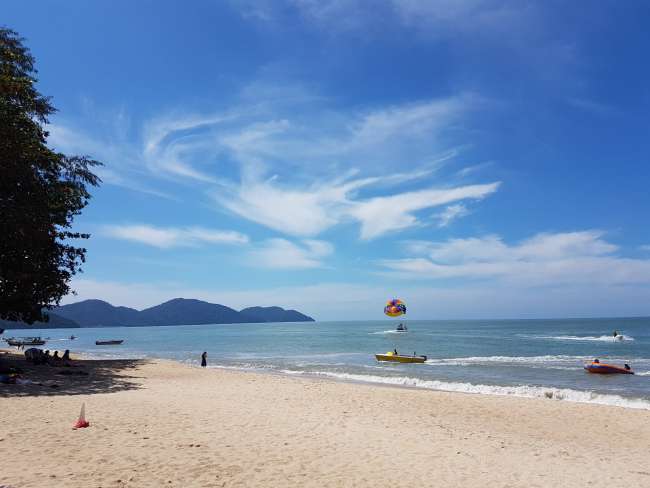
Ripoti za usafiri Malaysia
